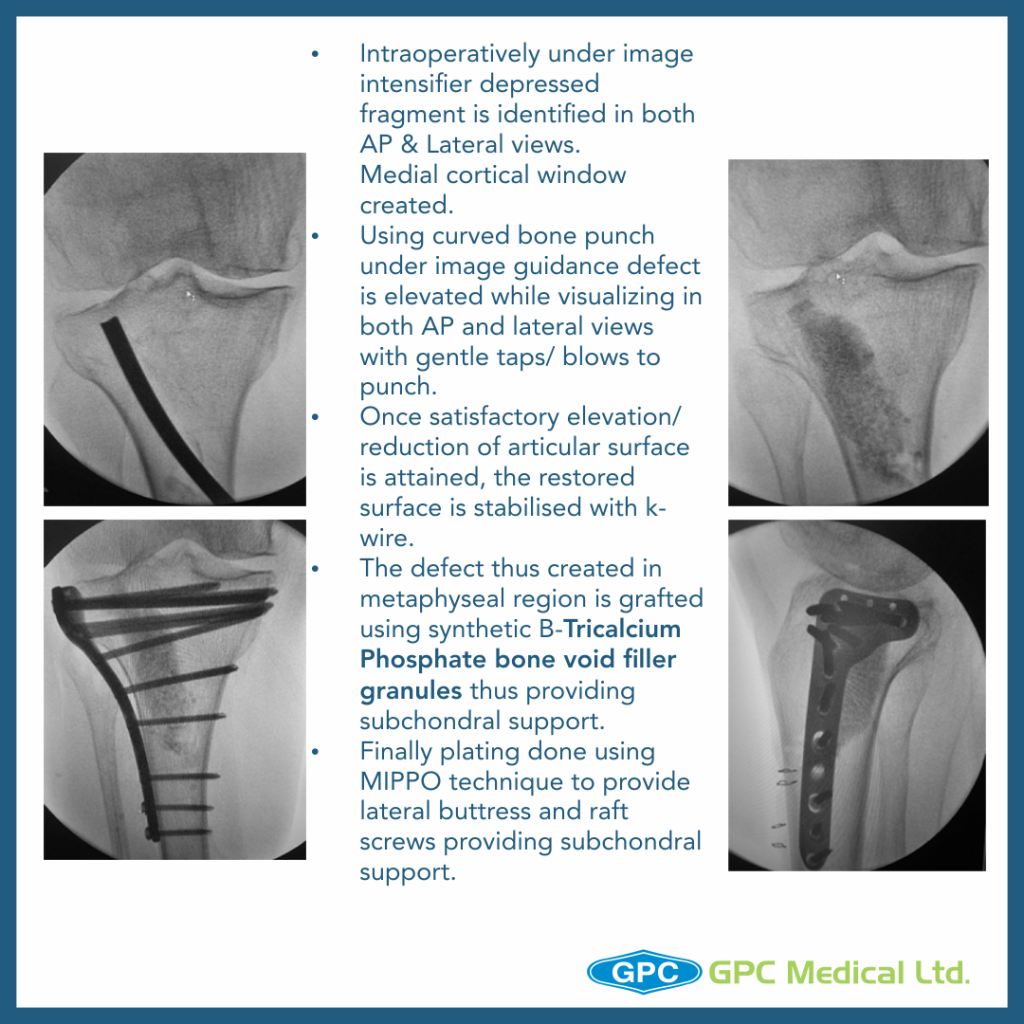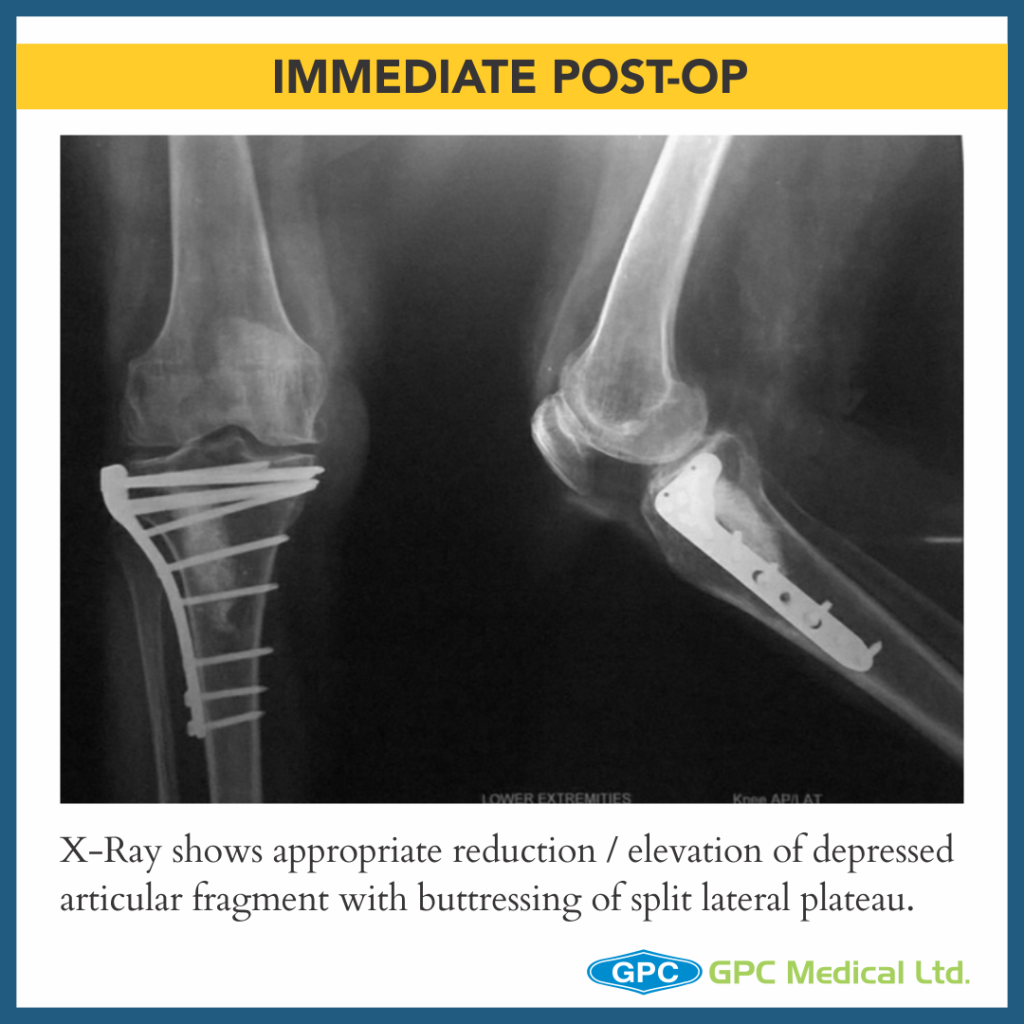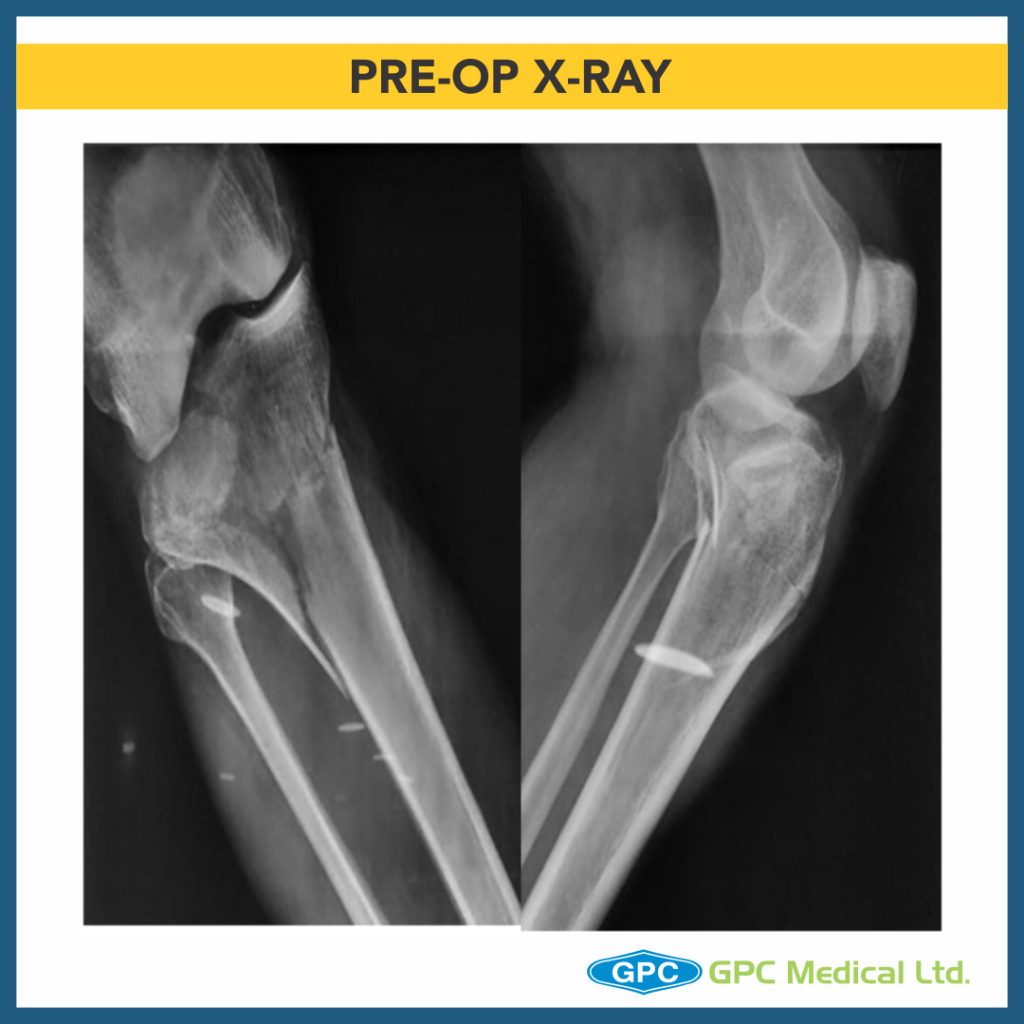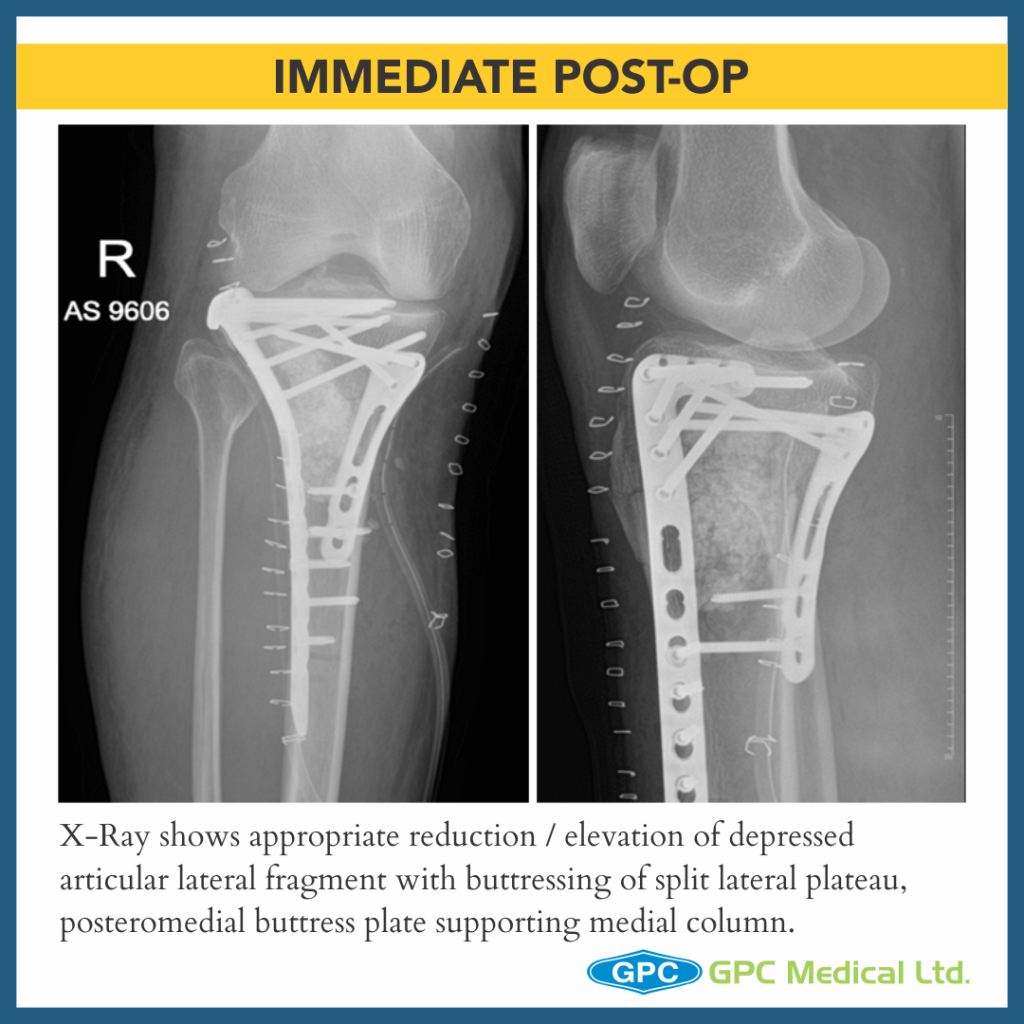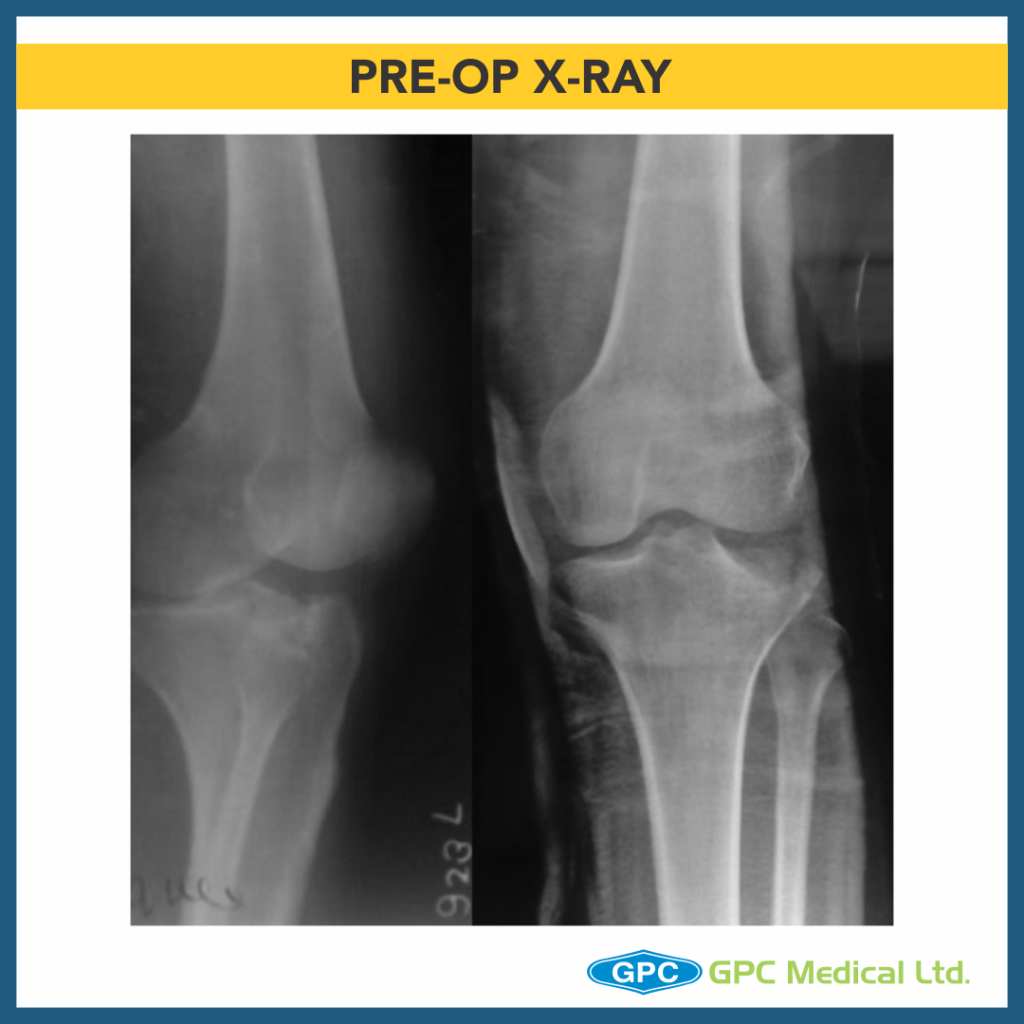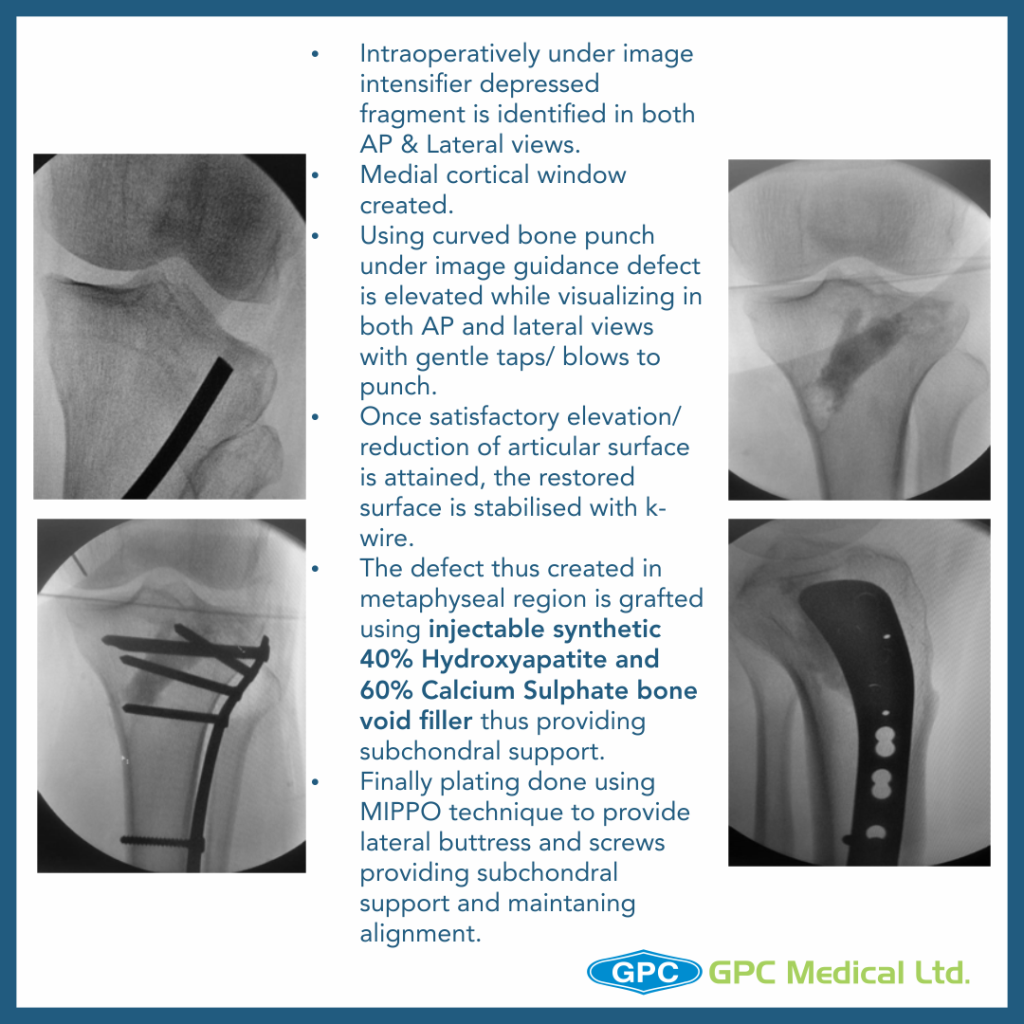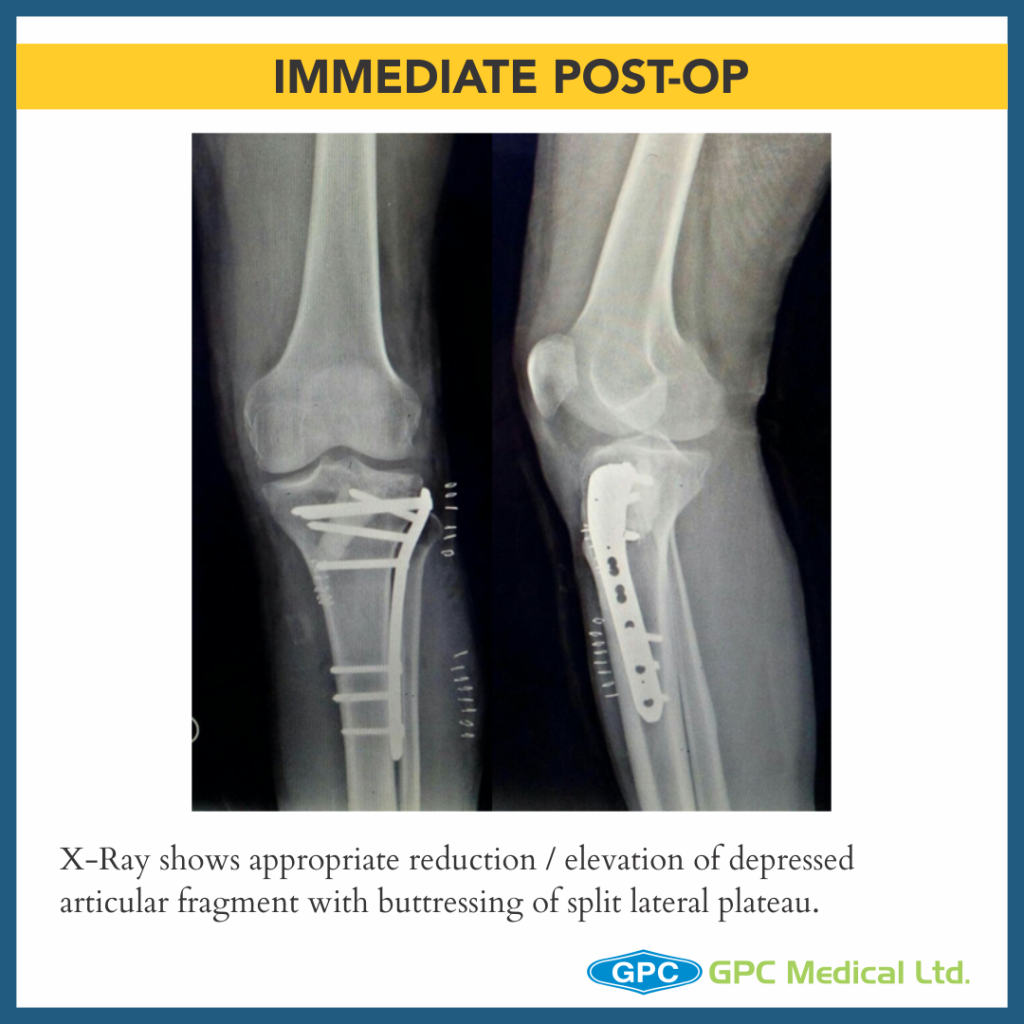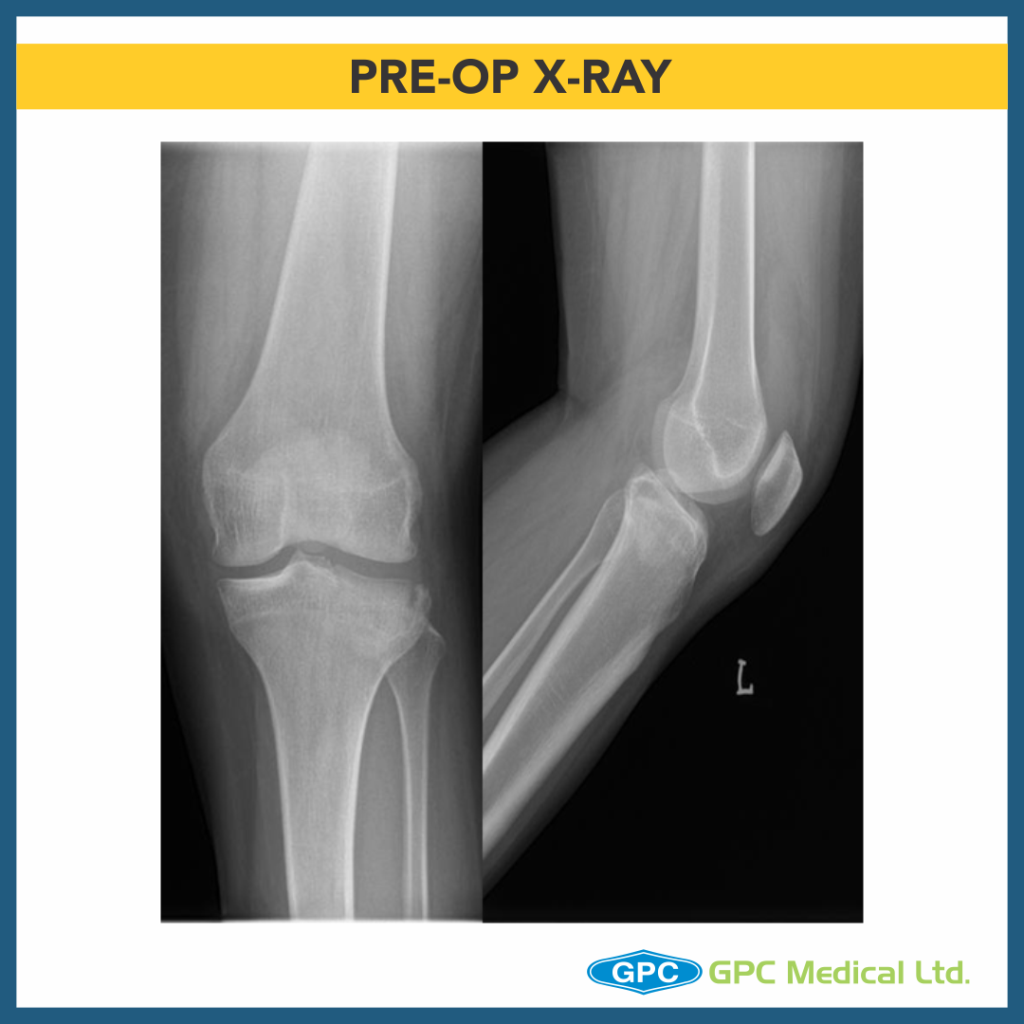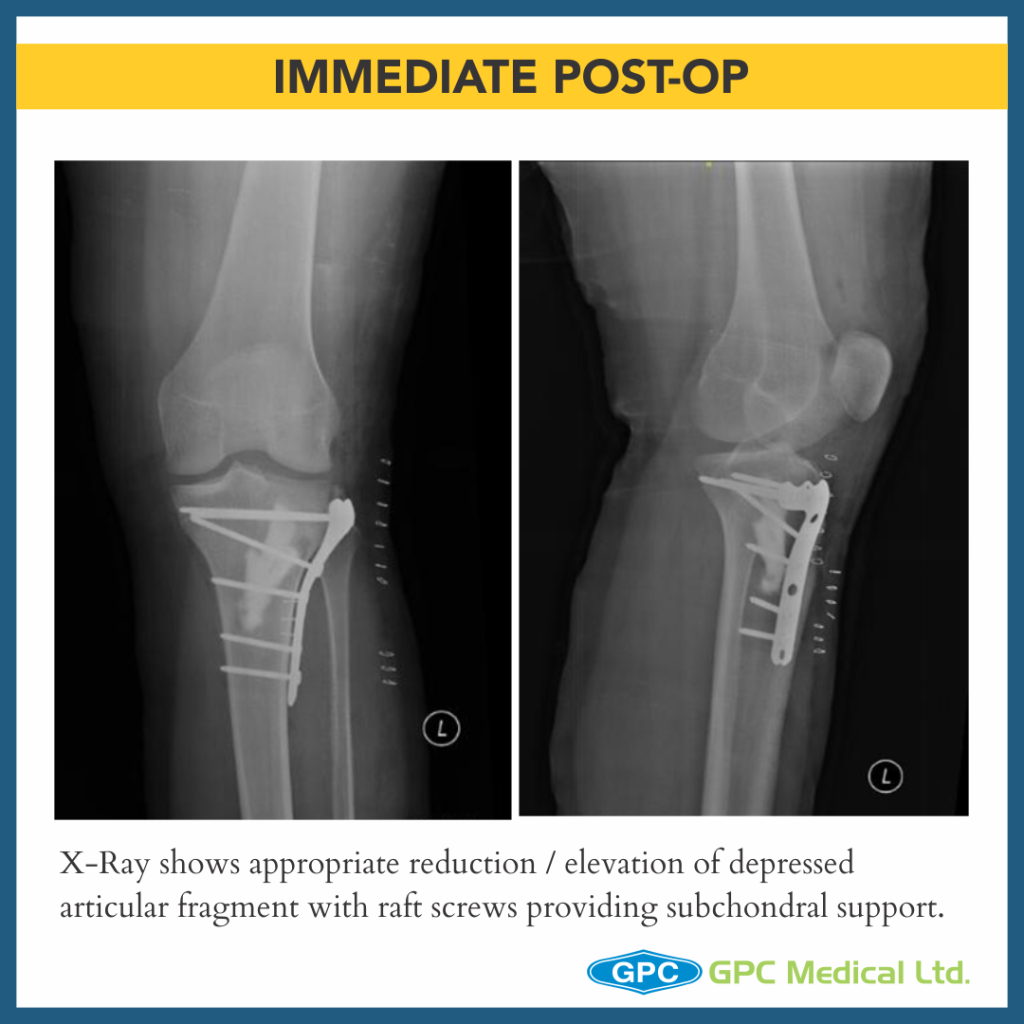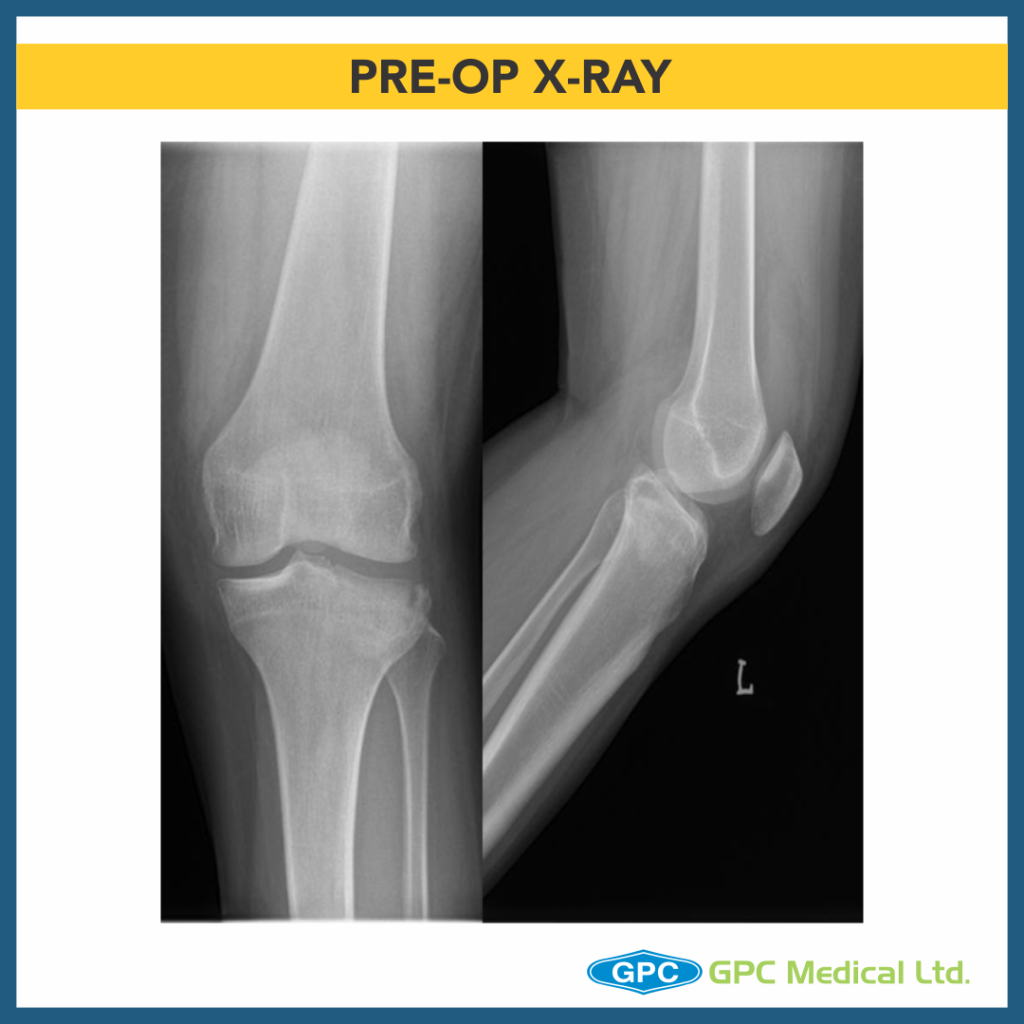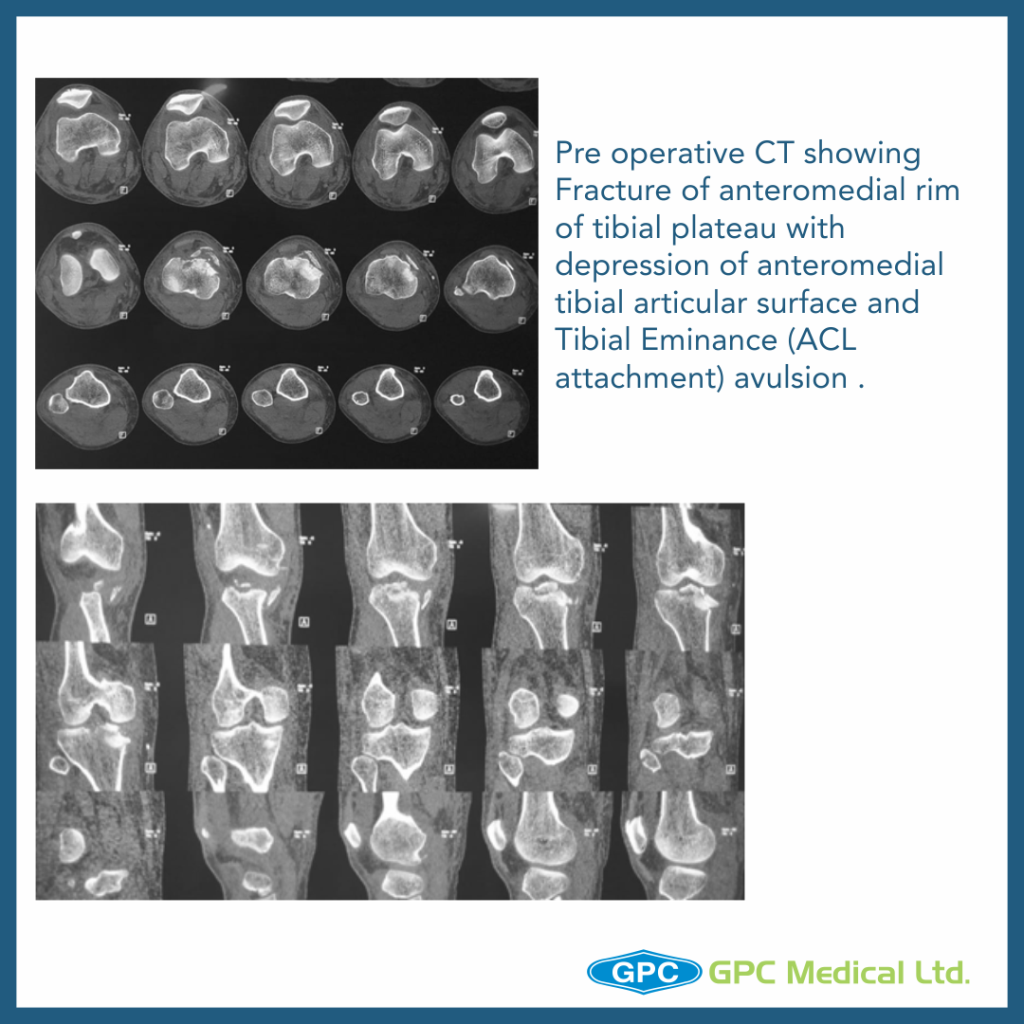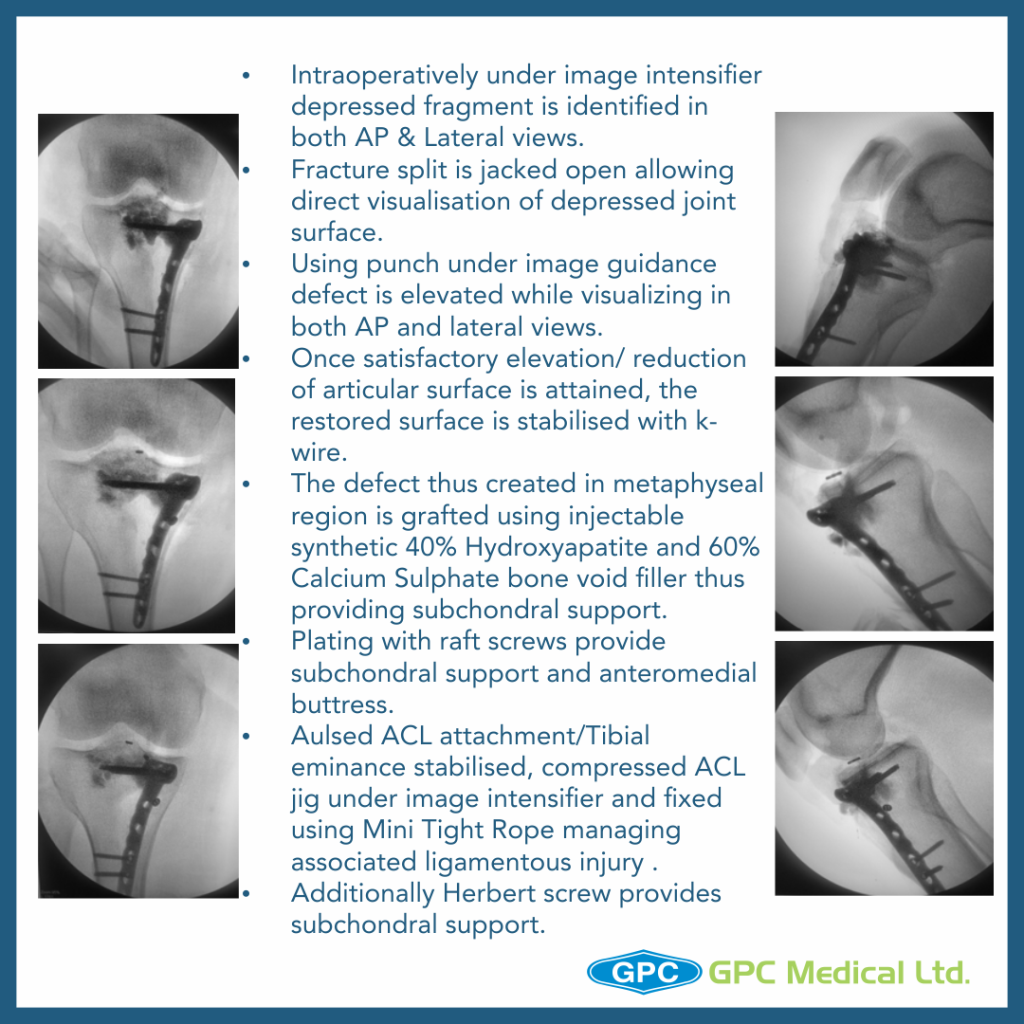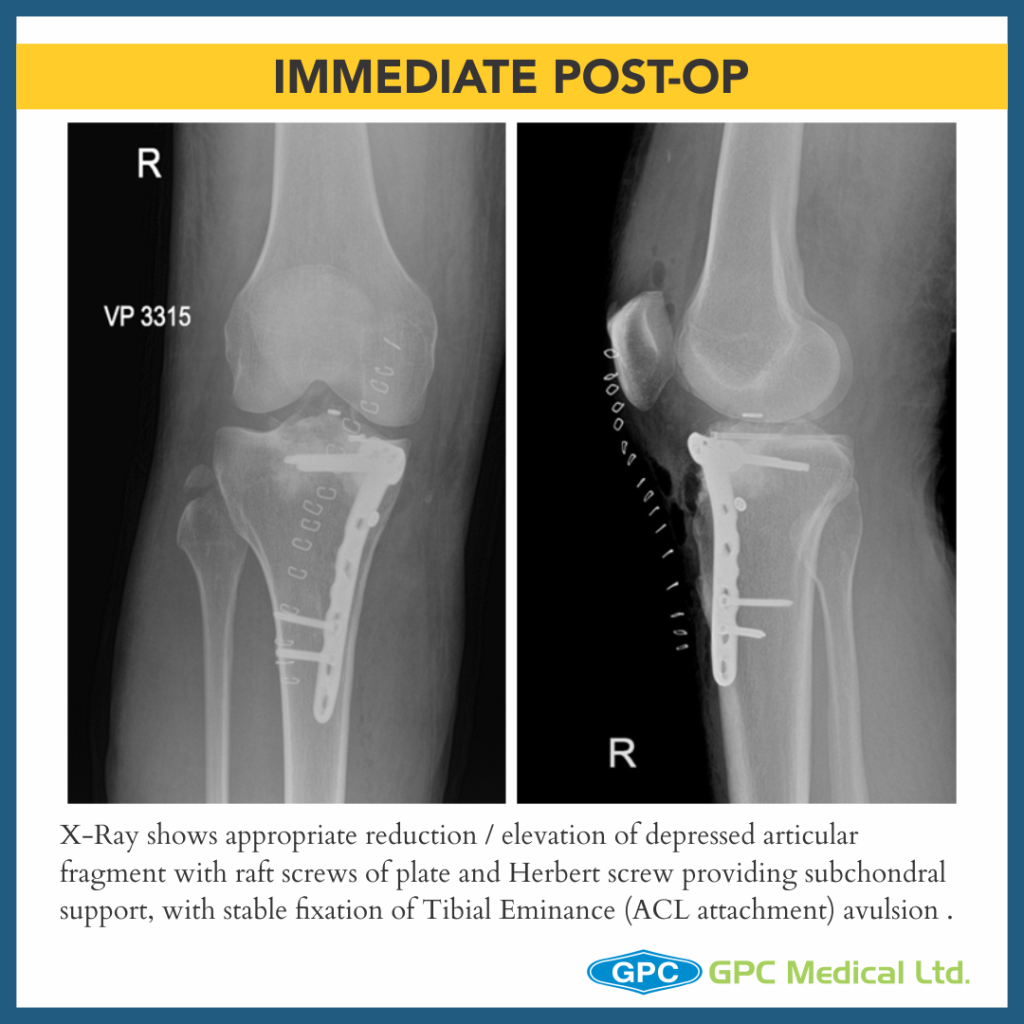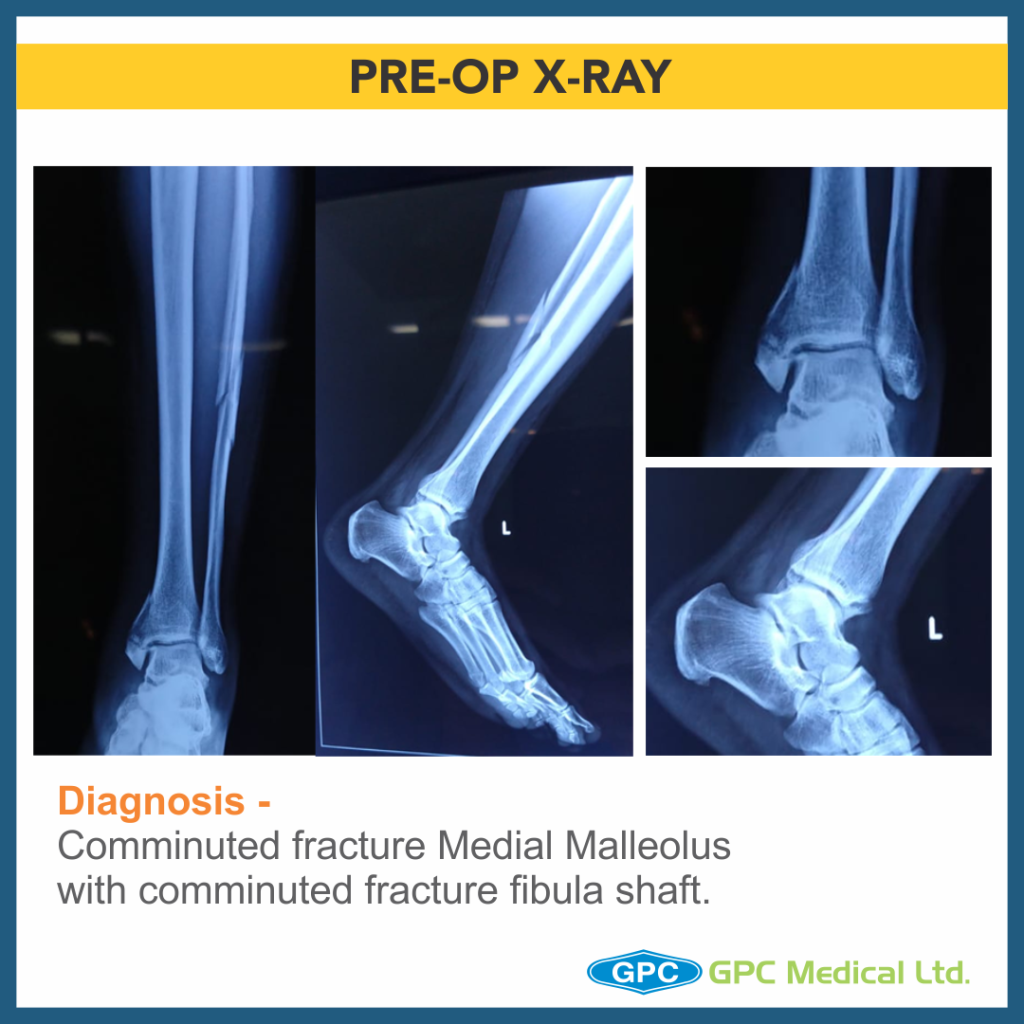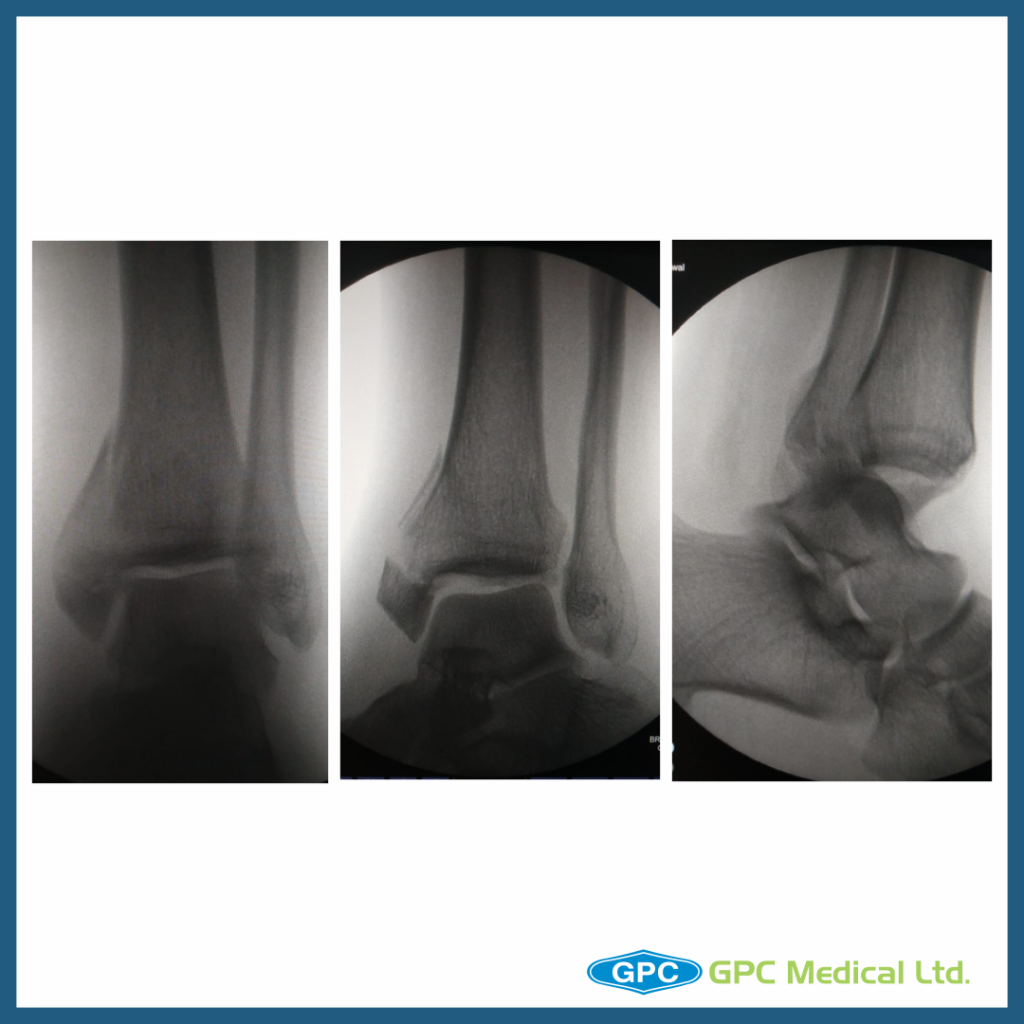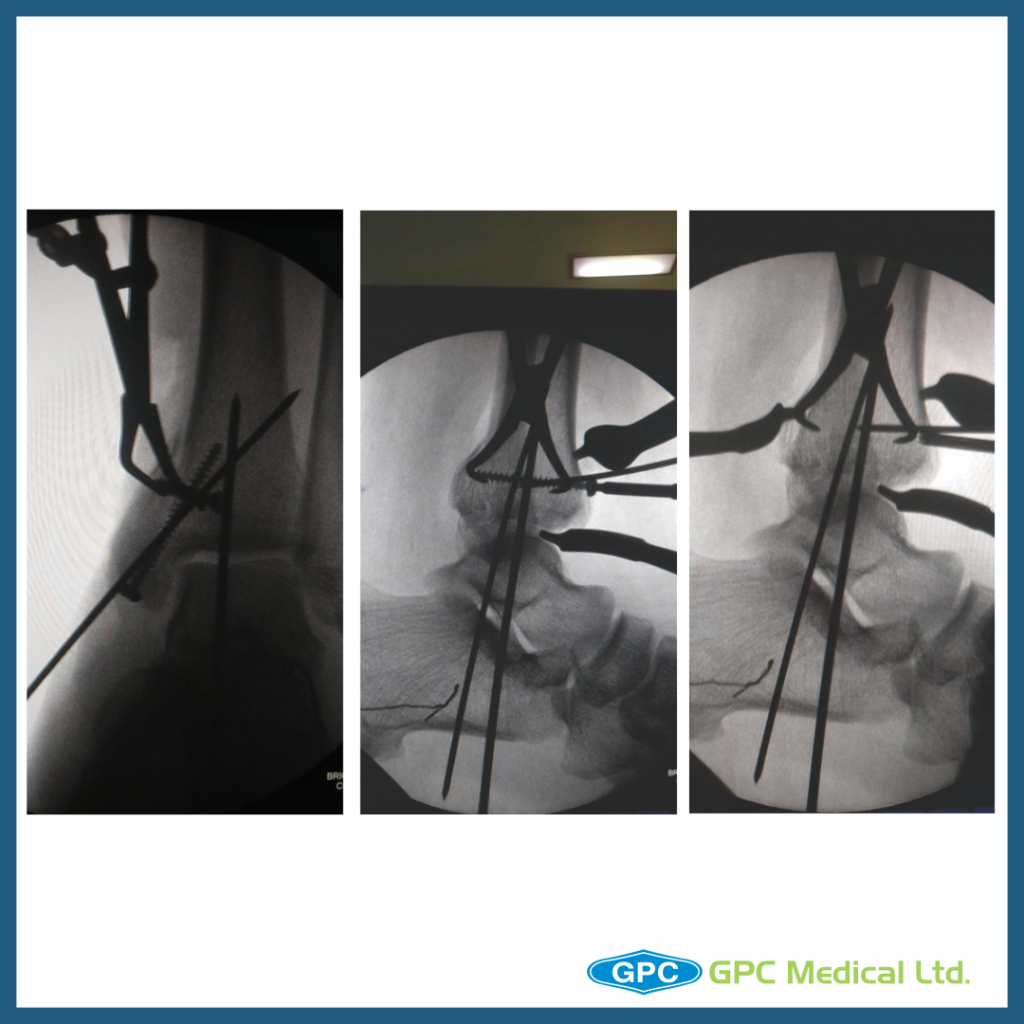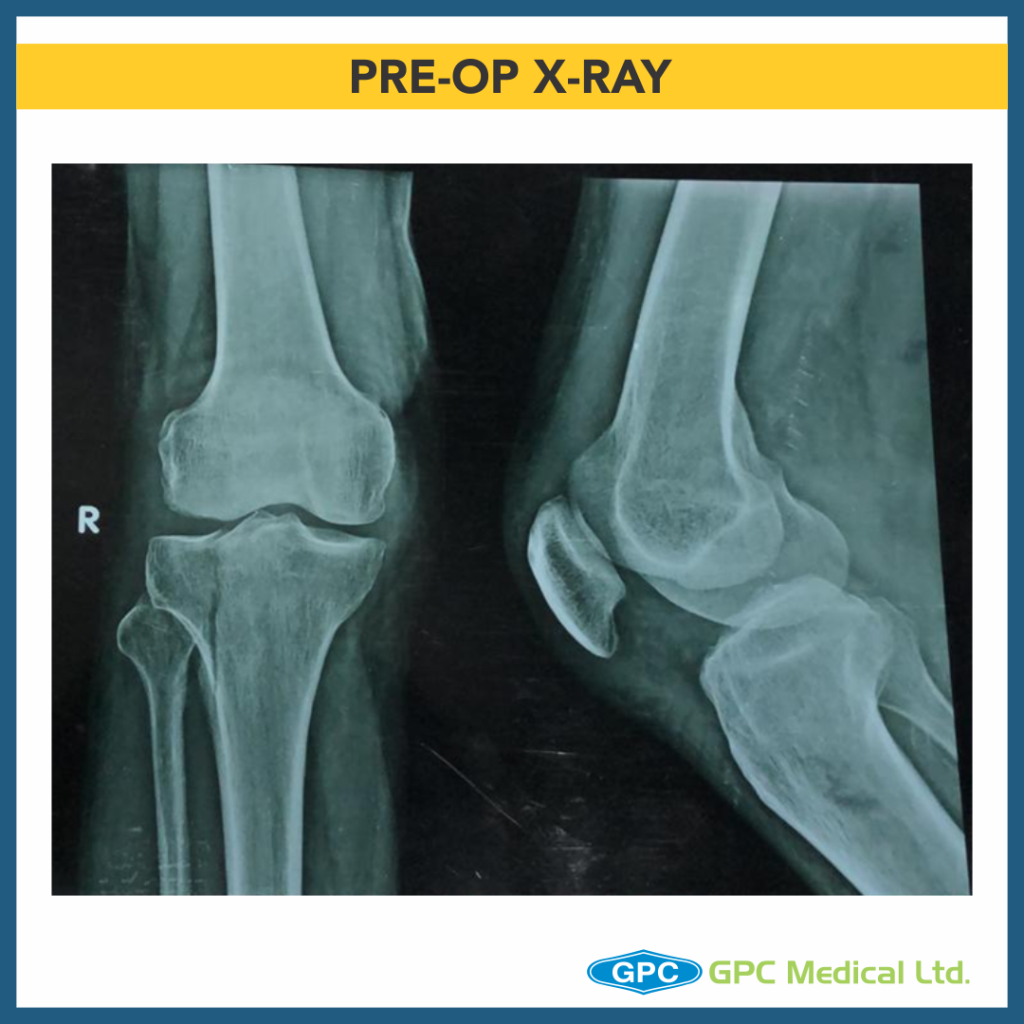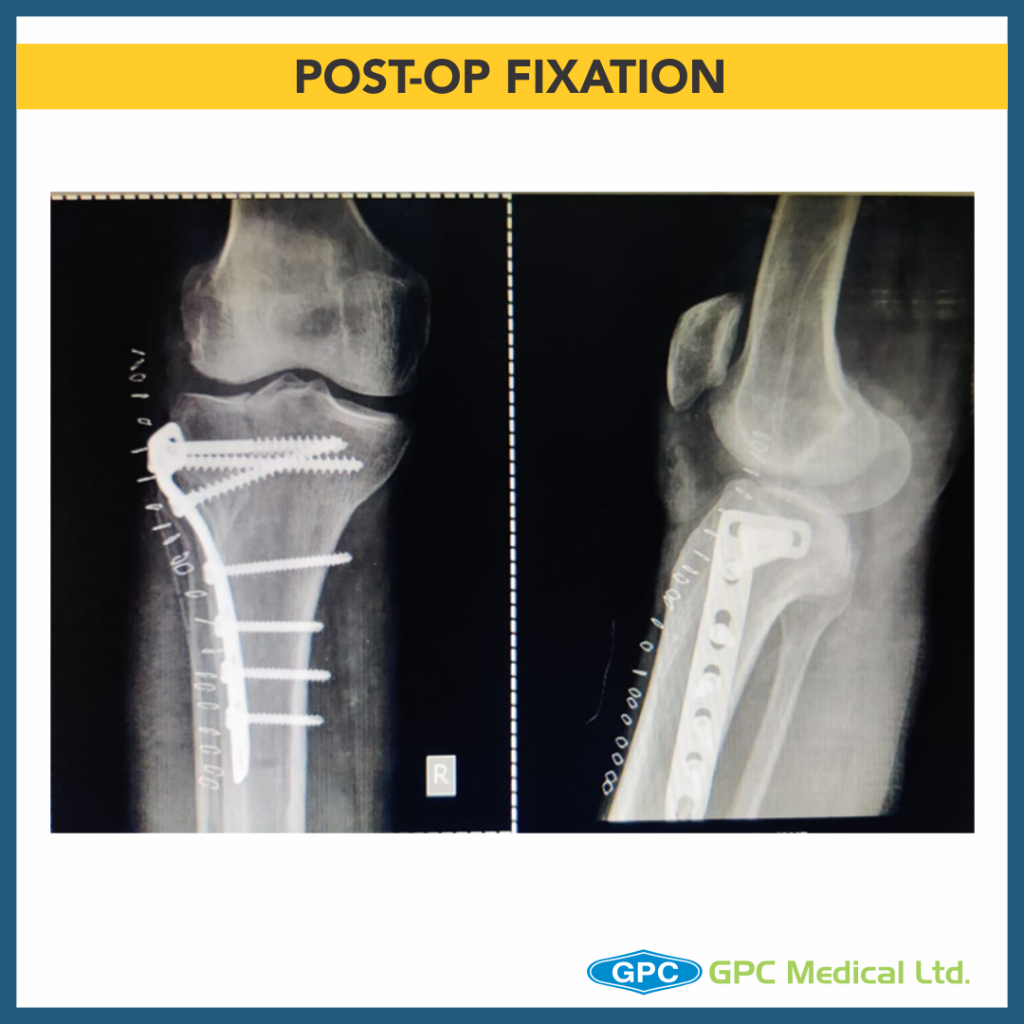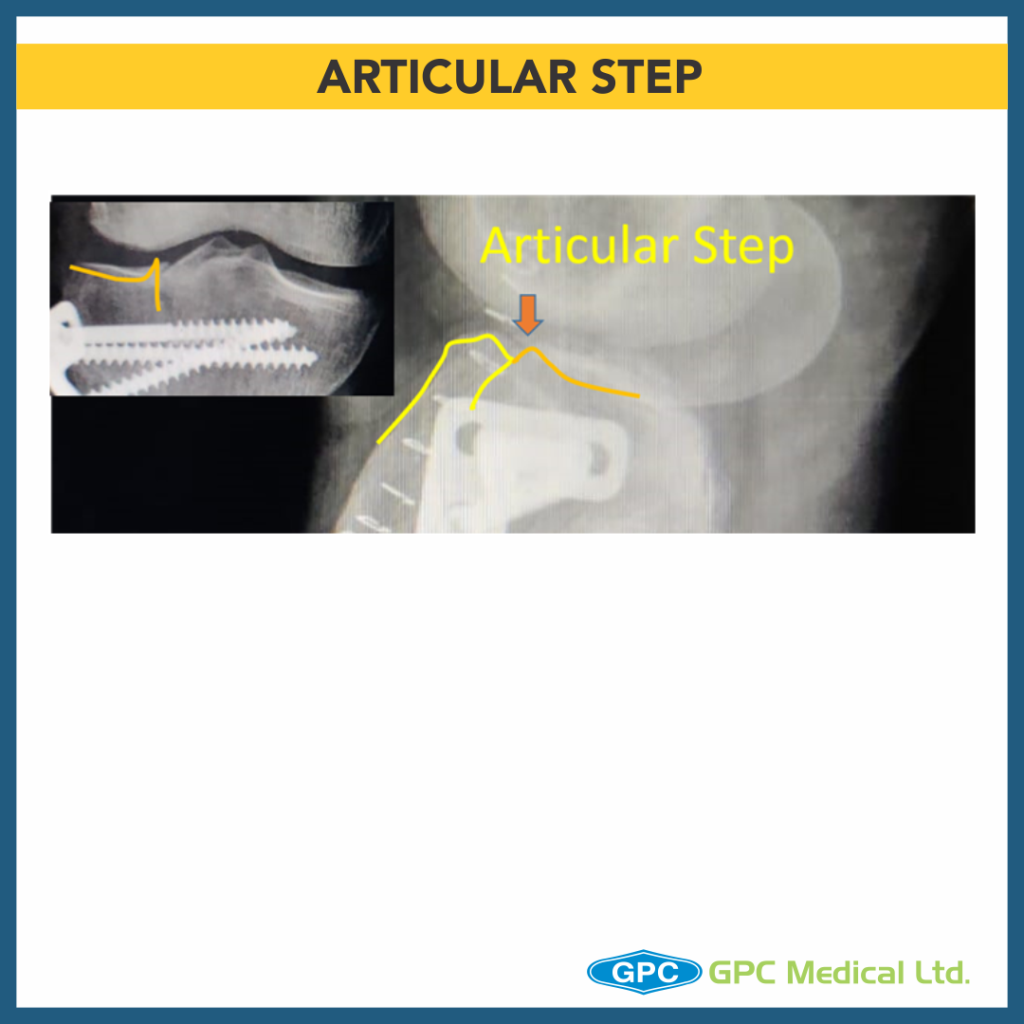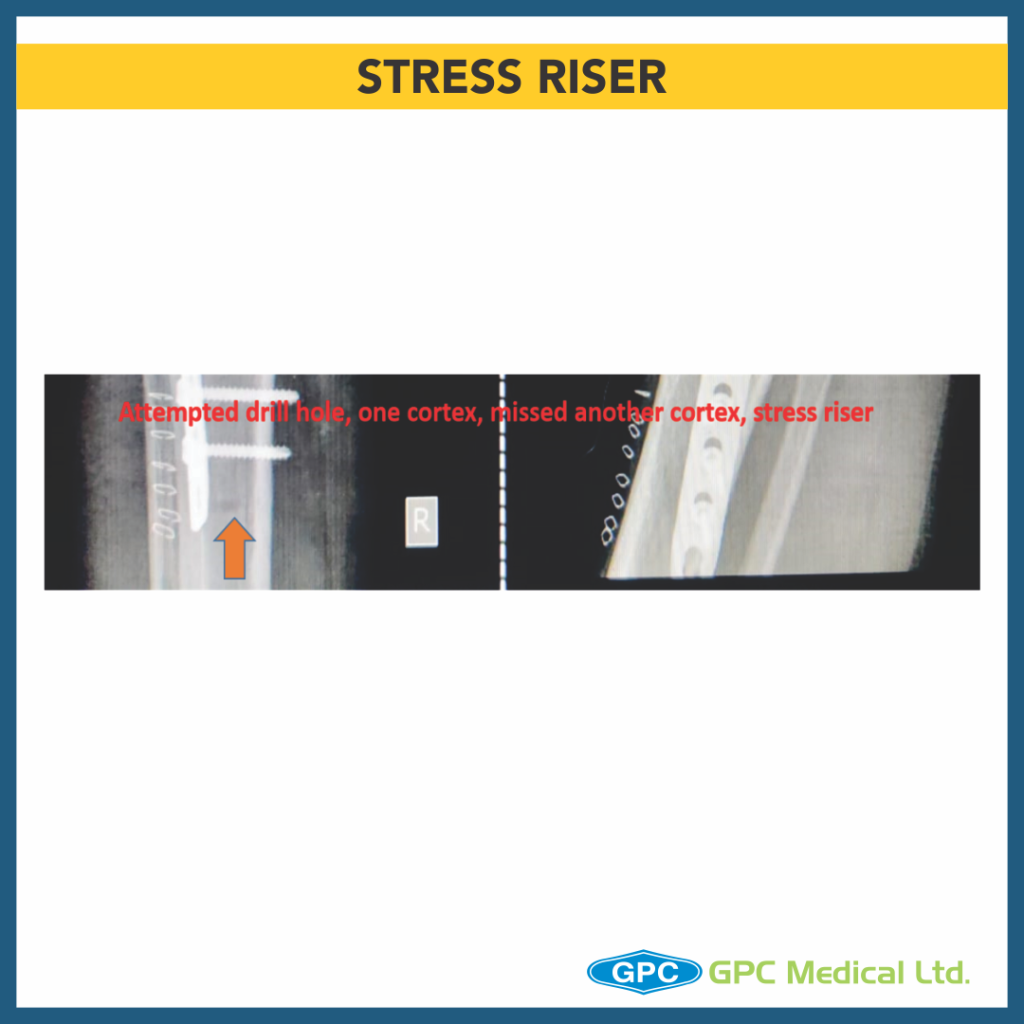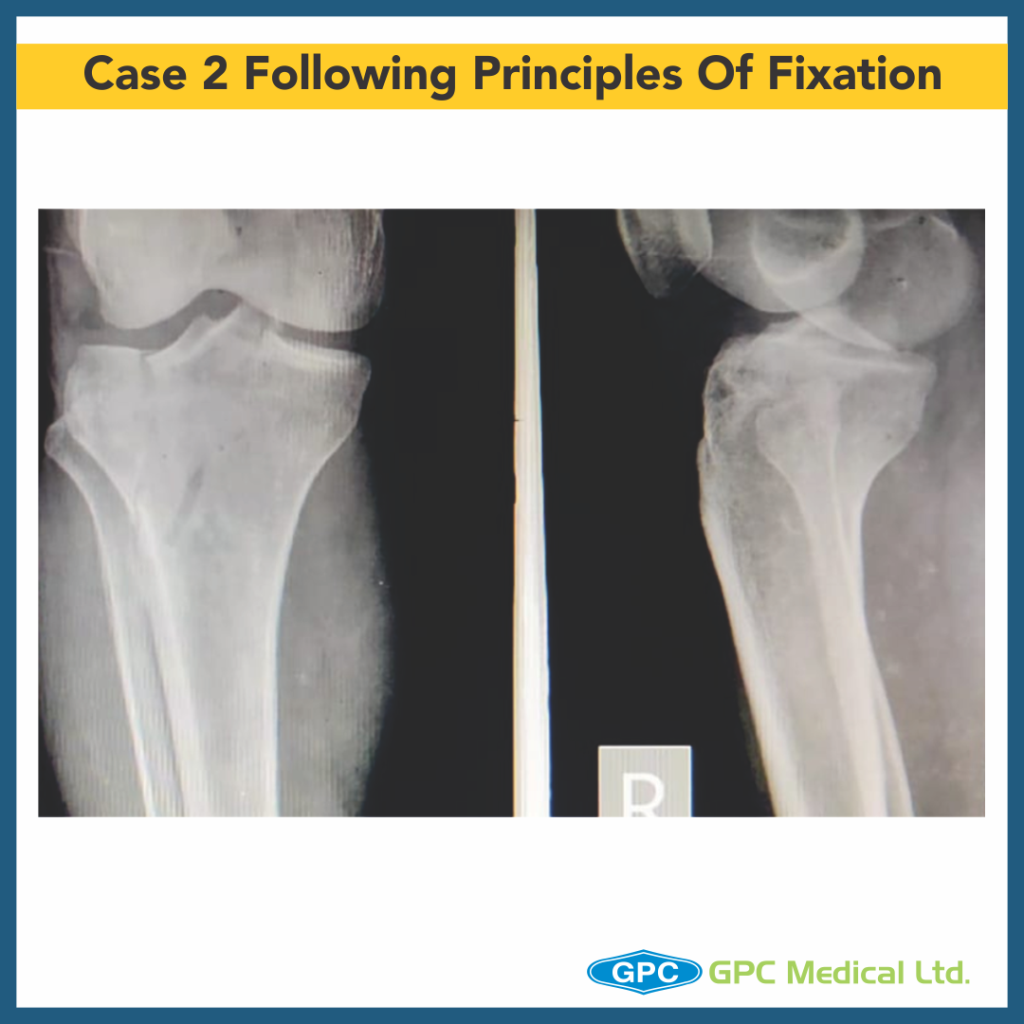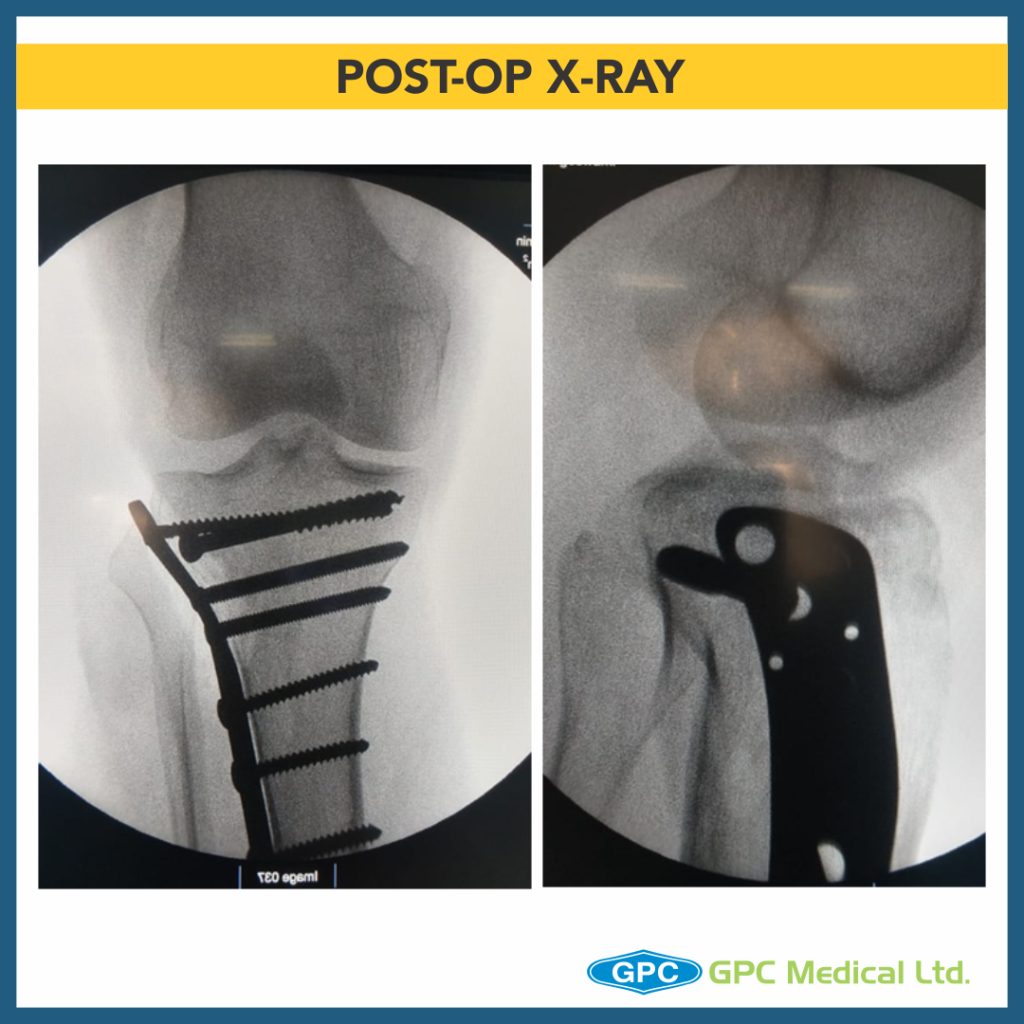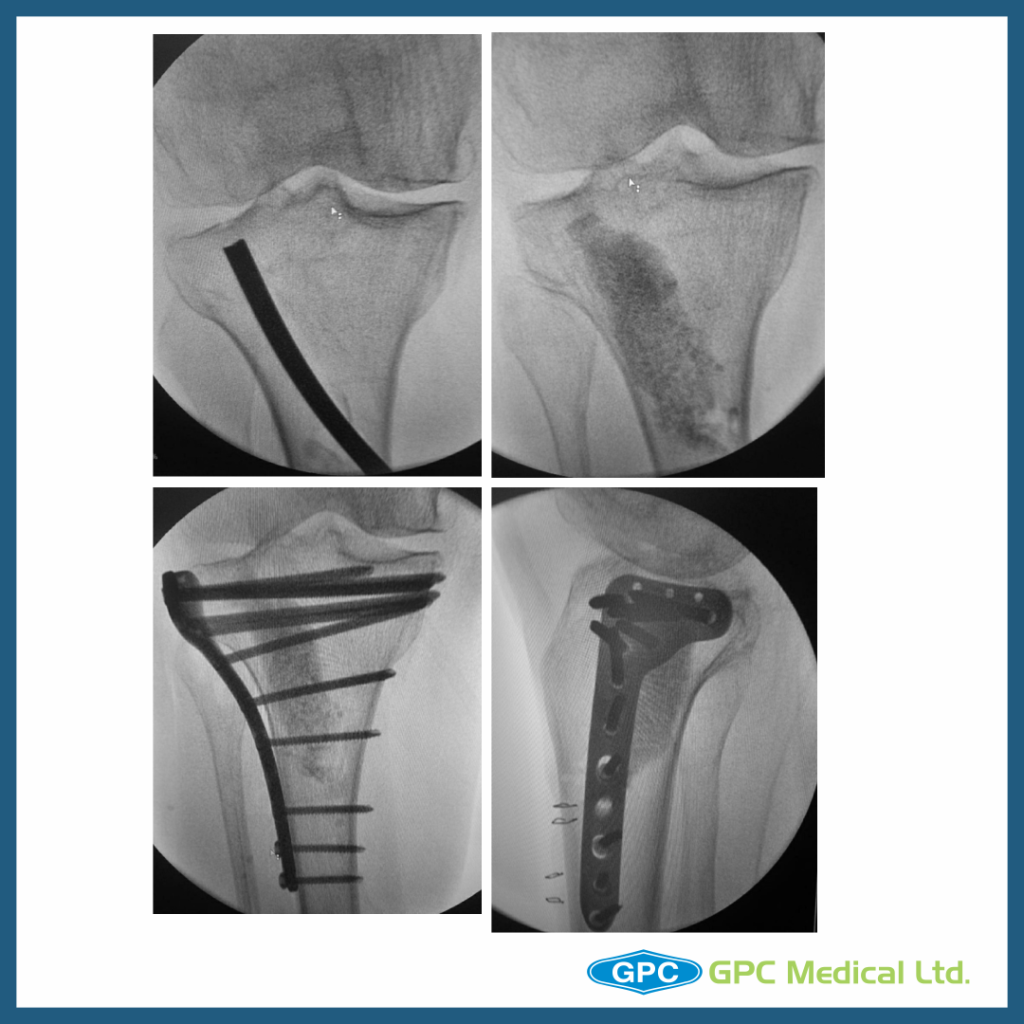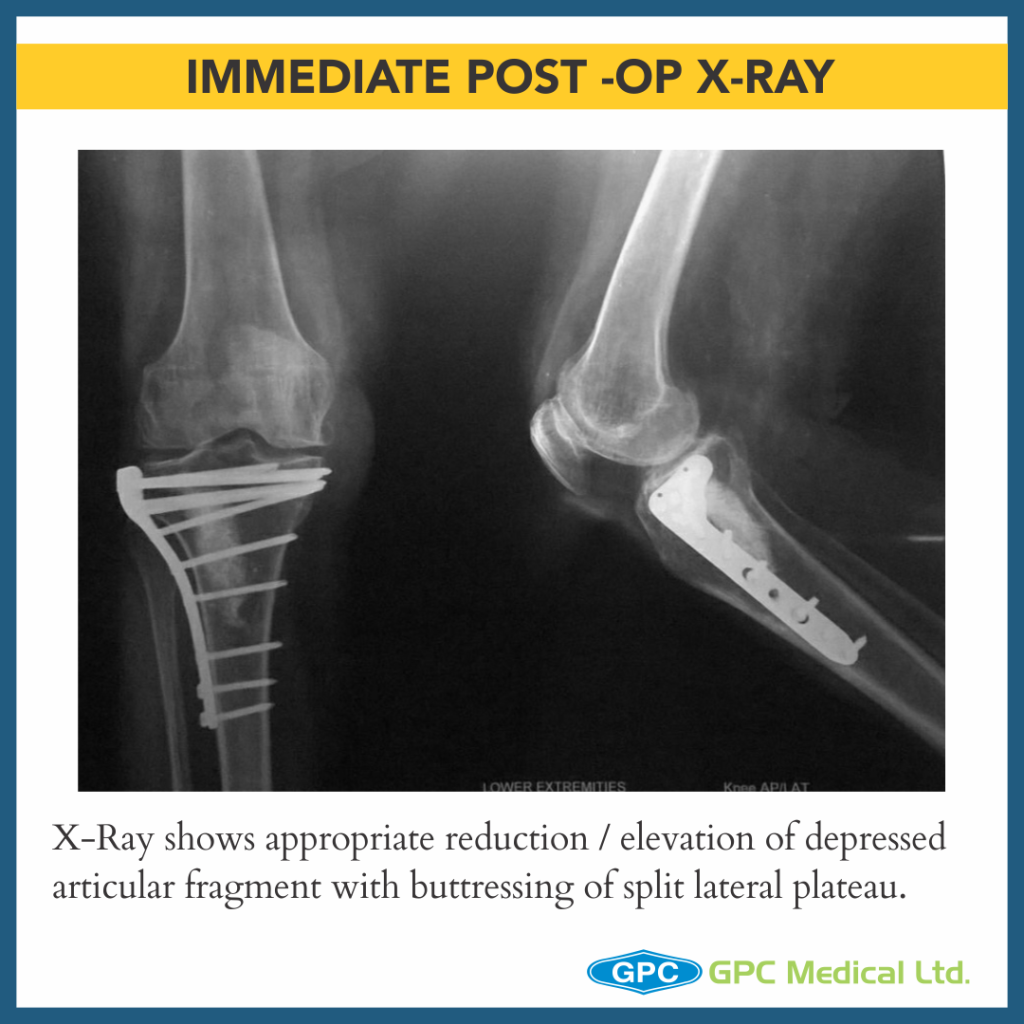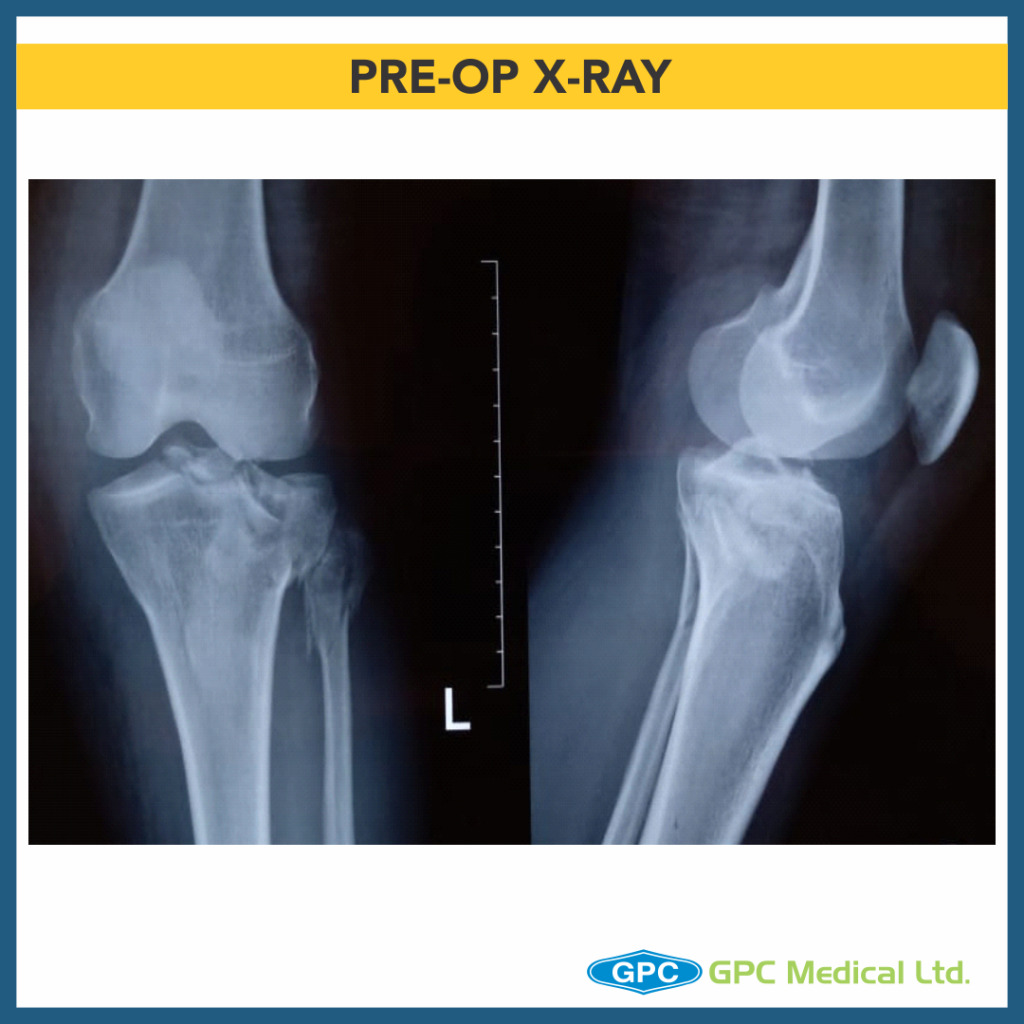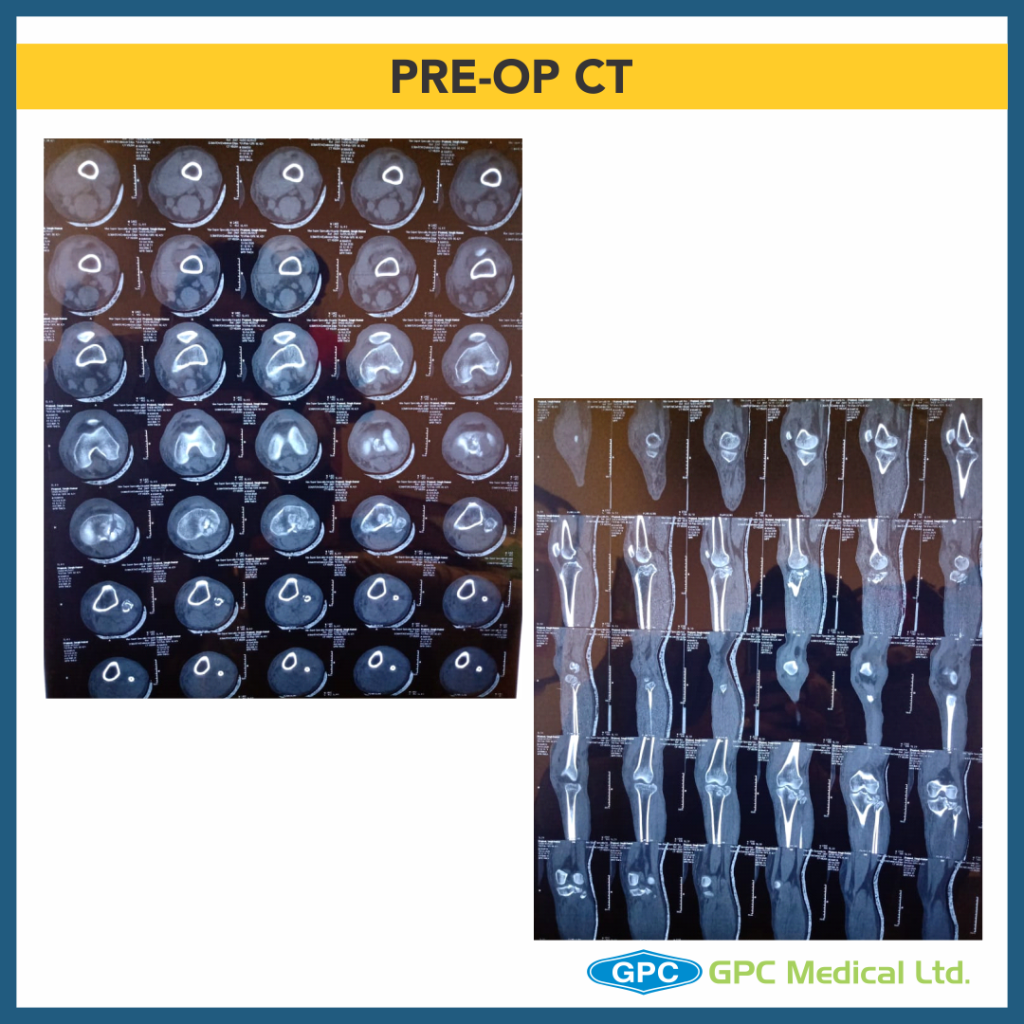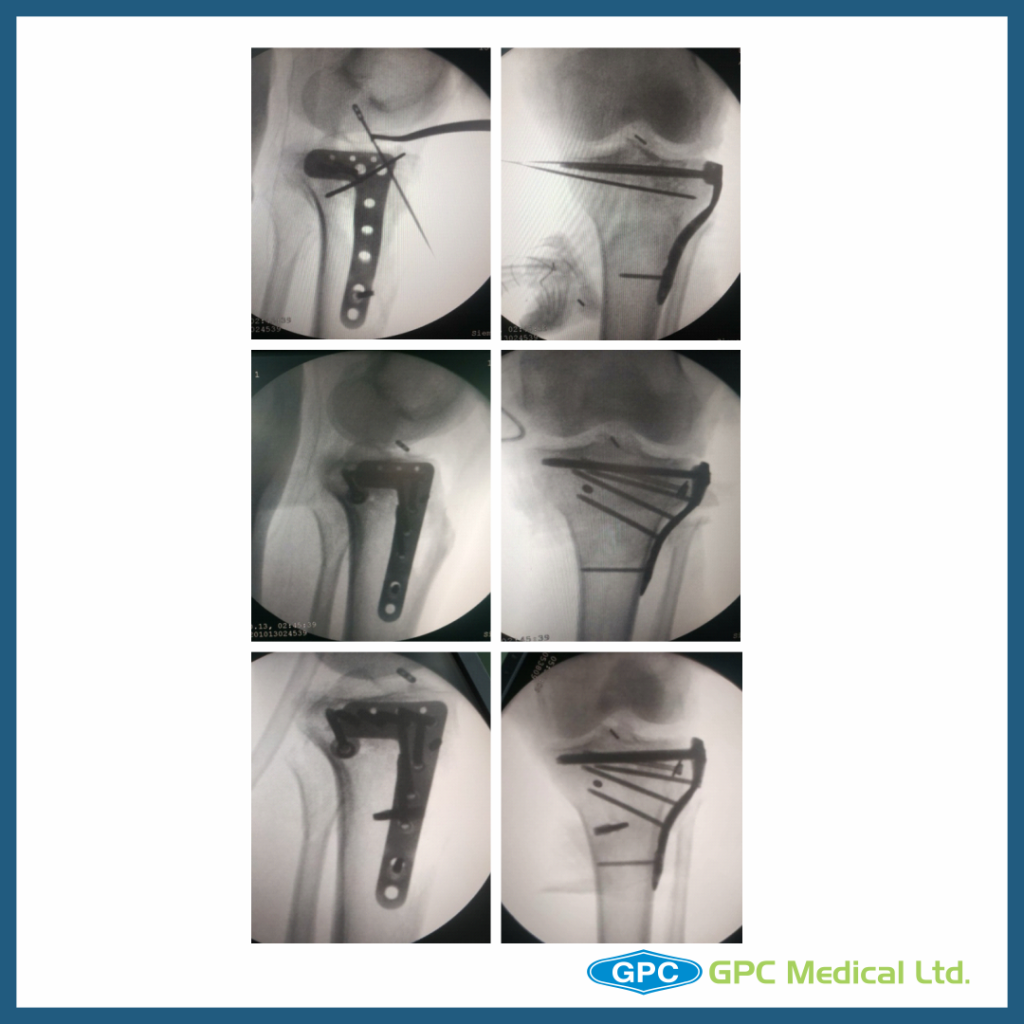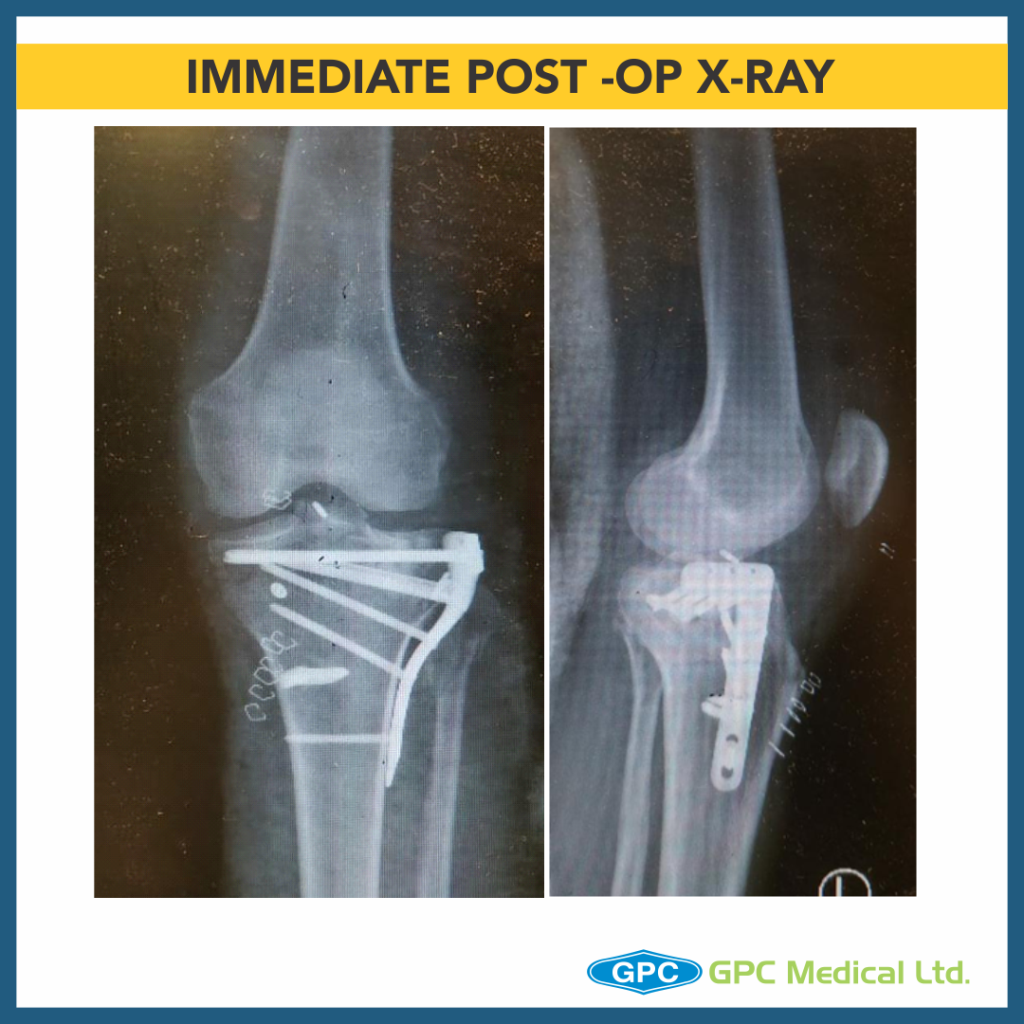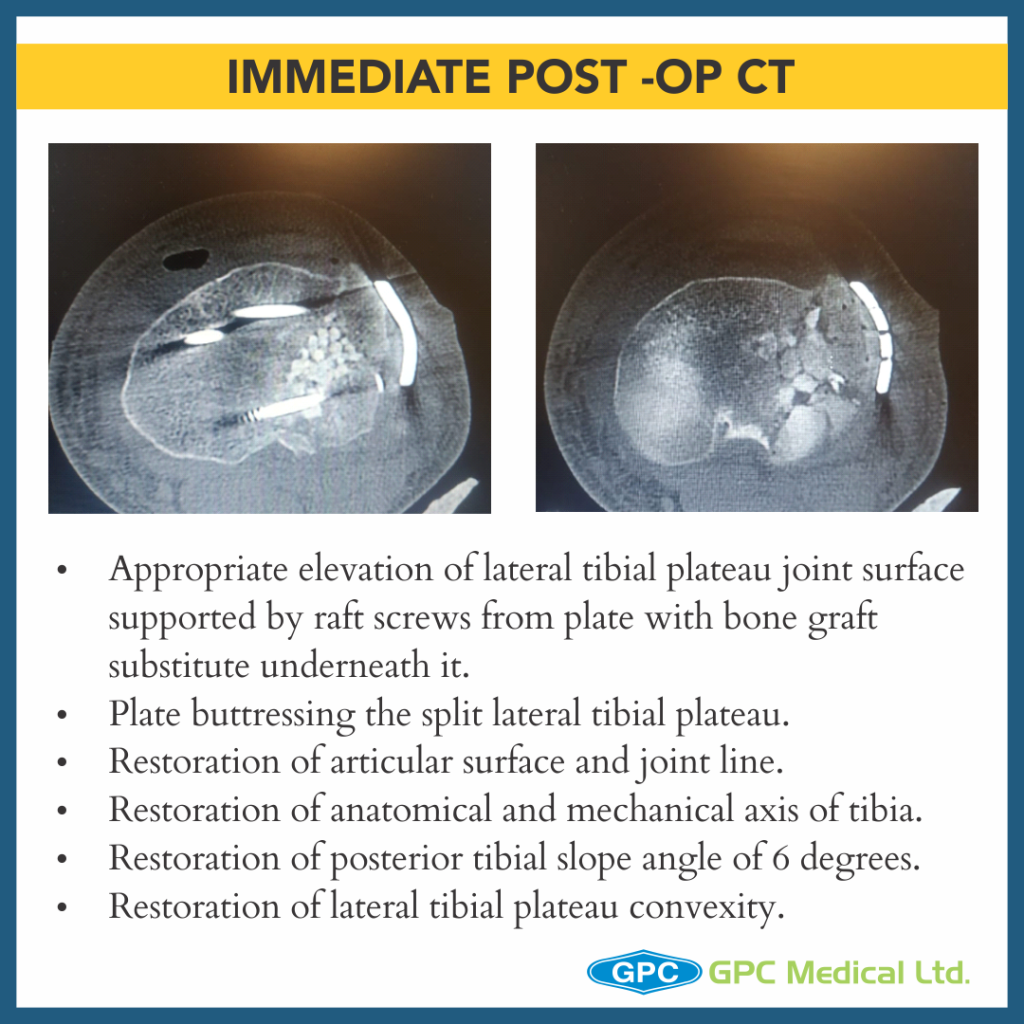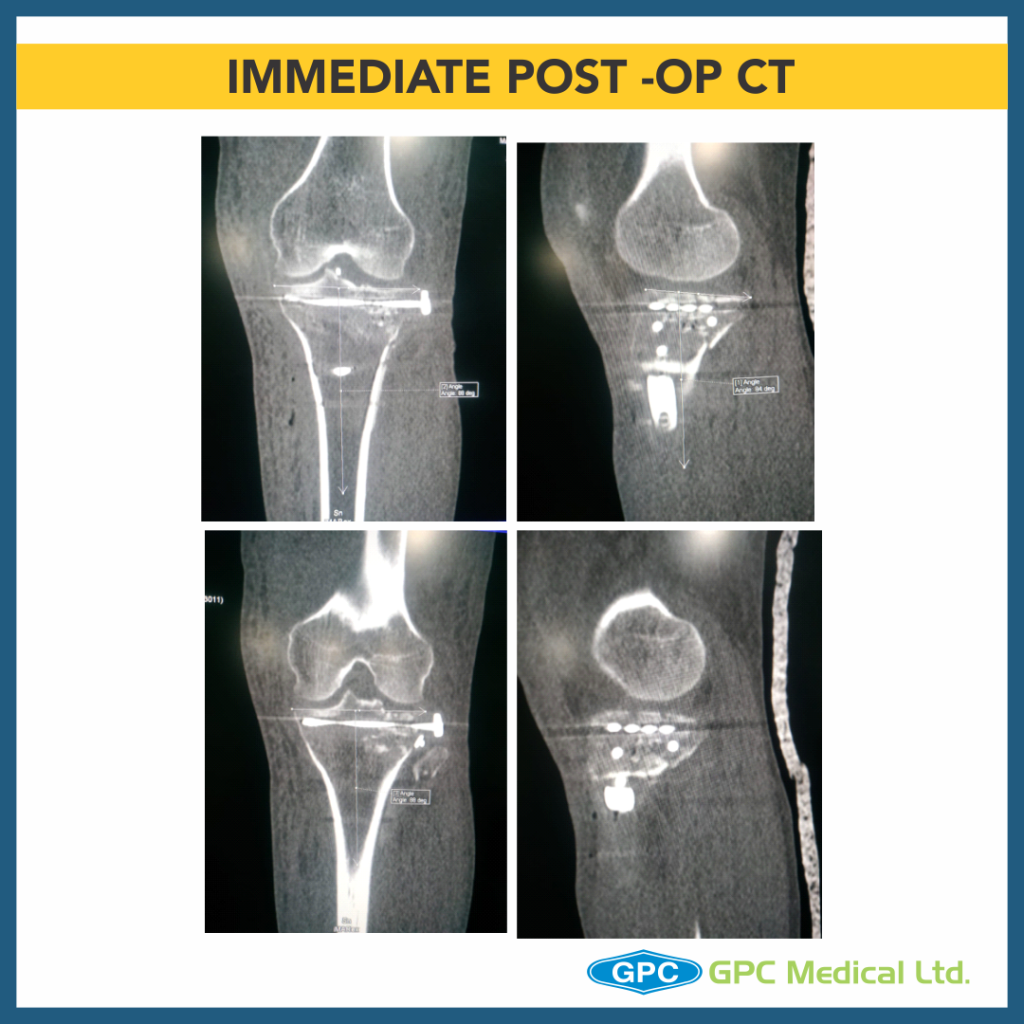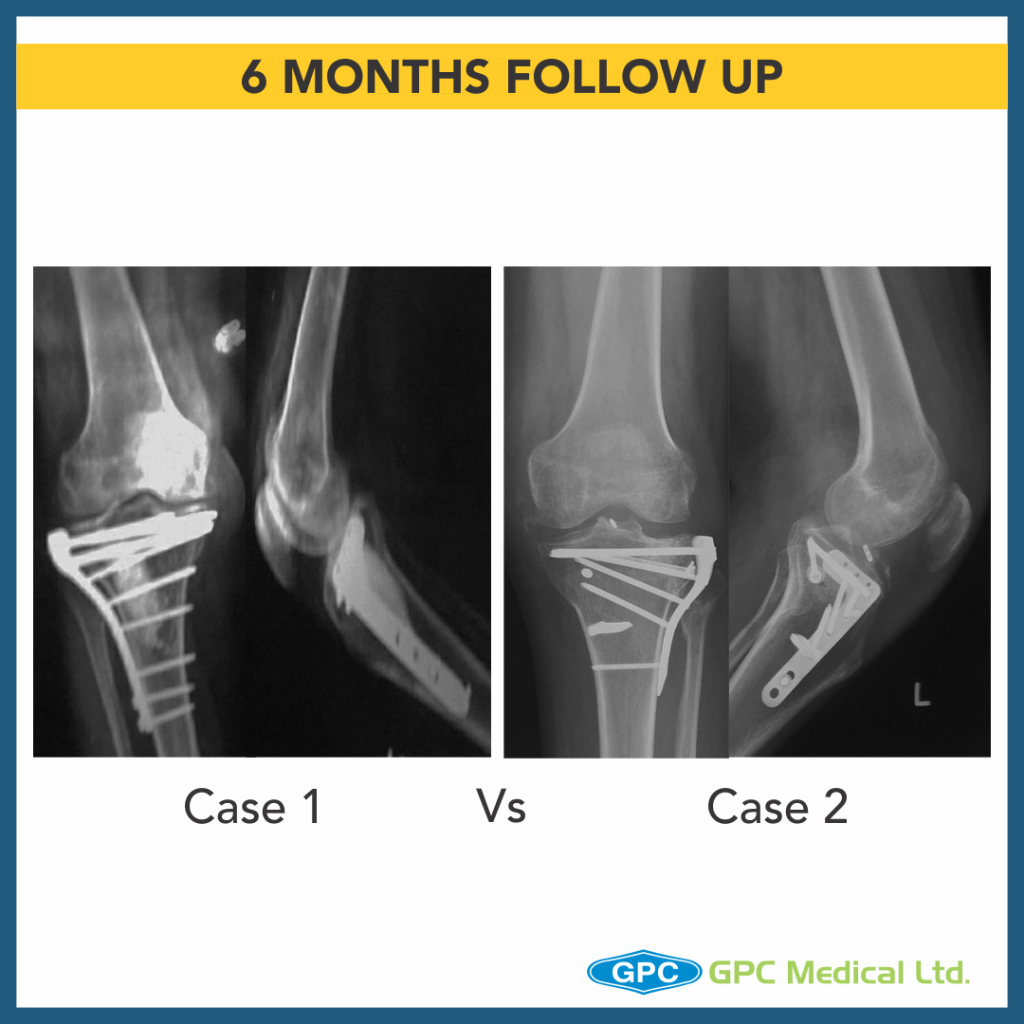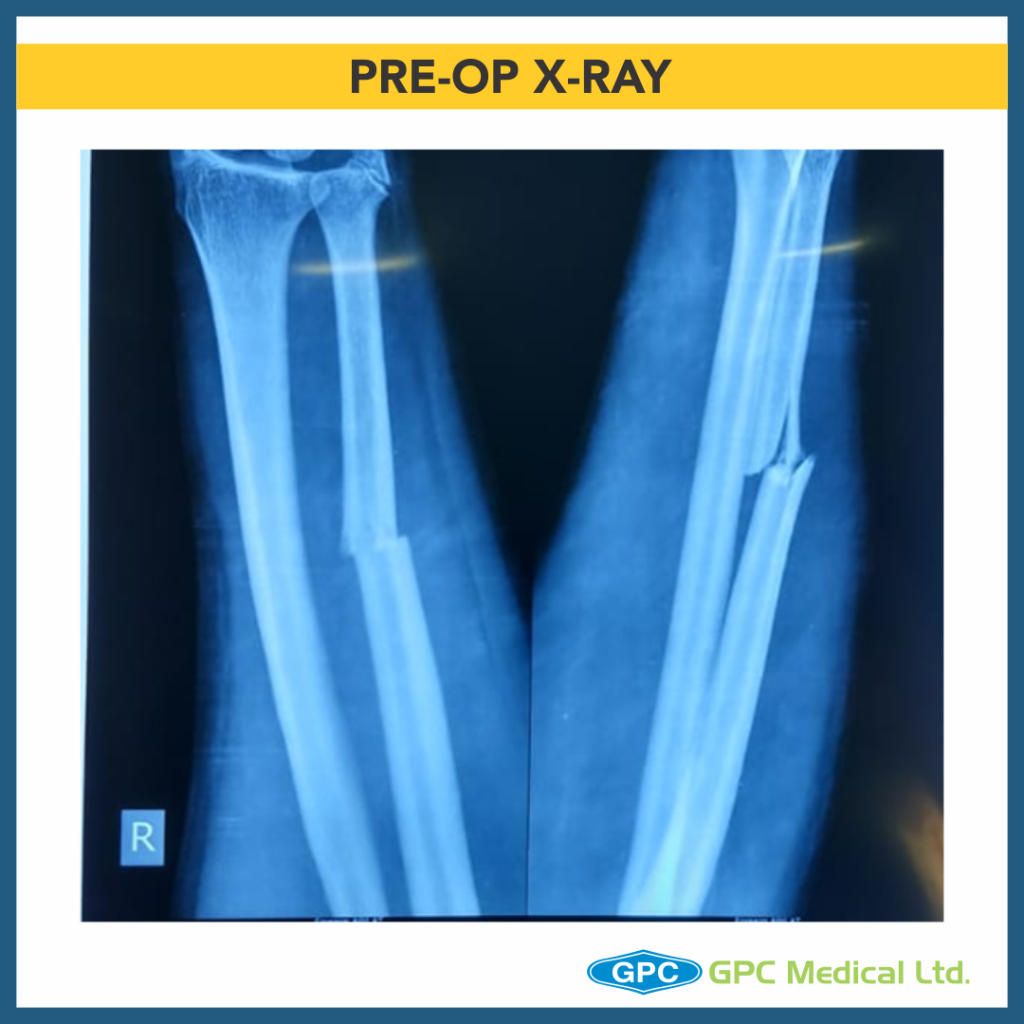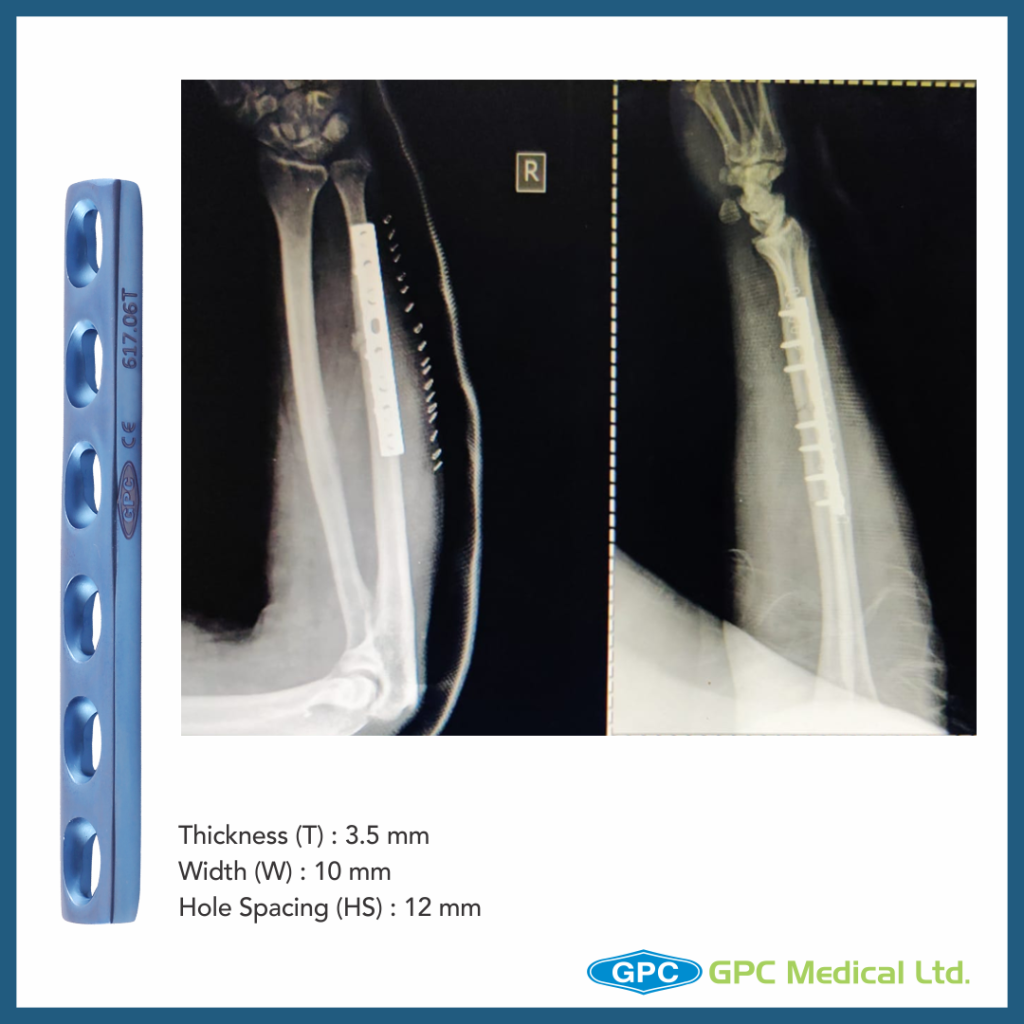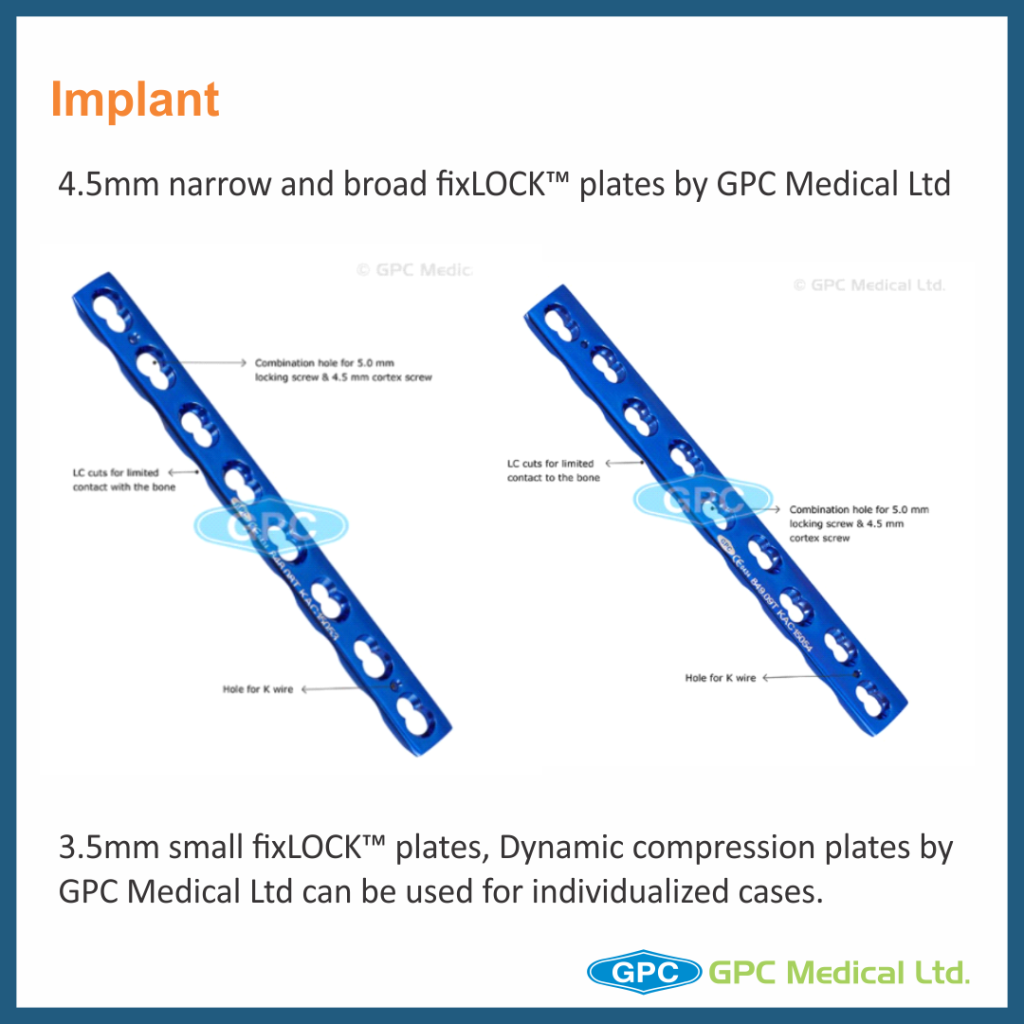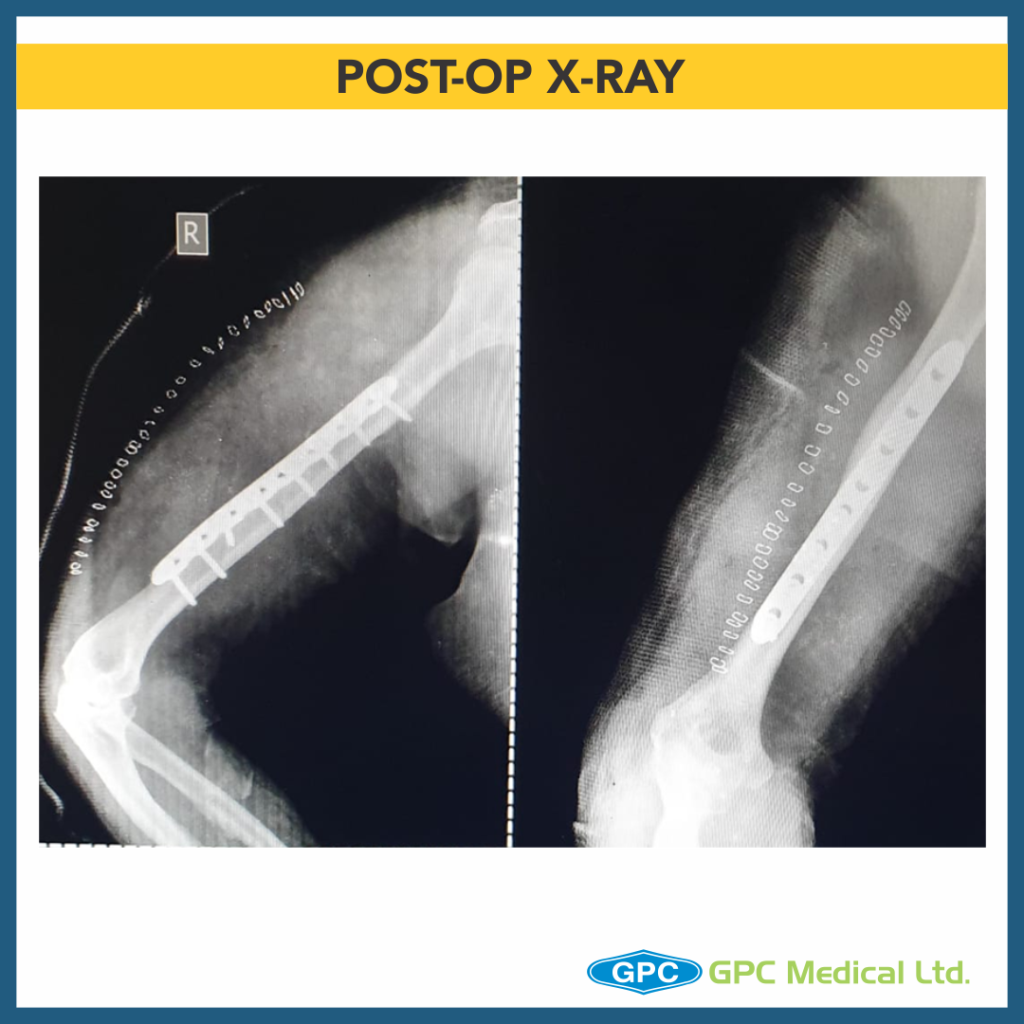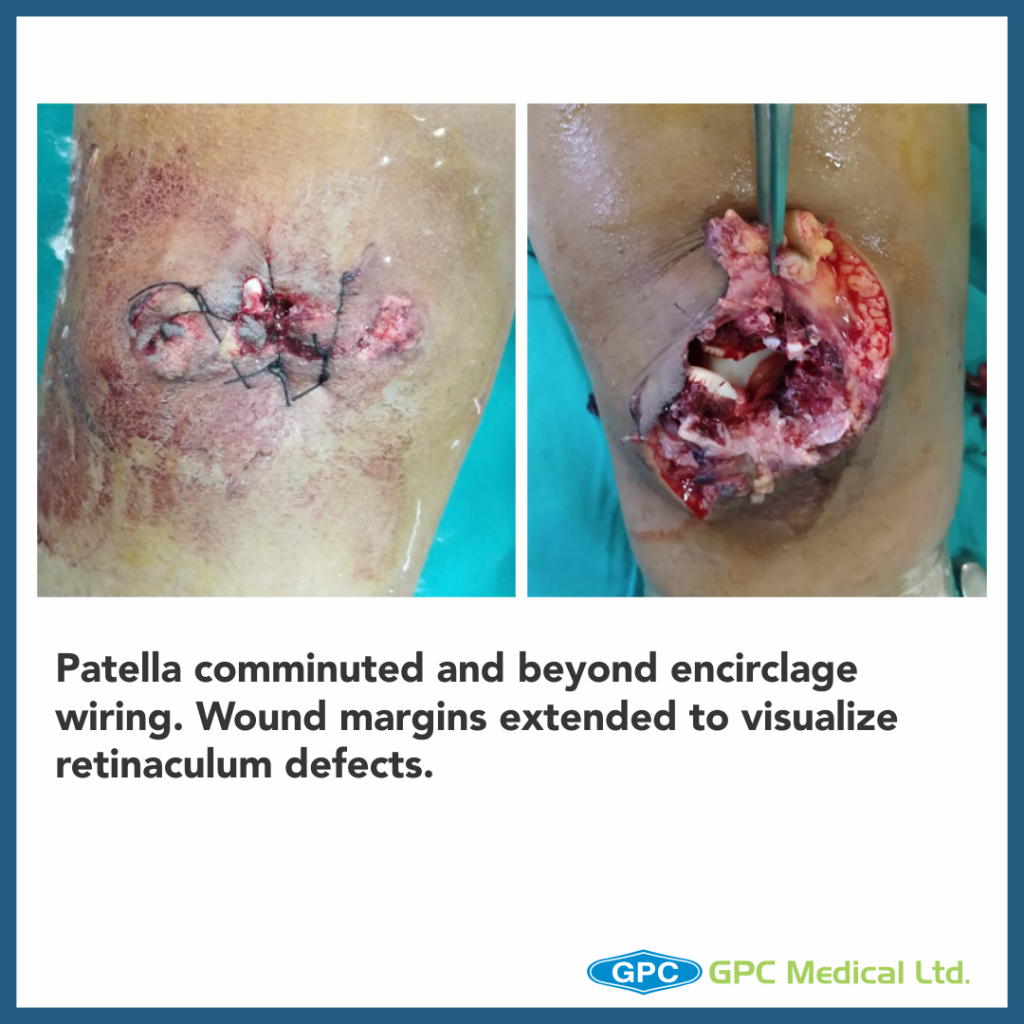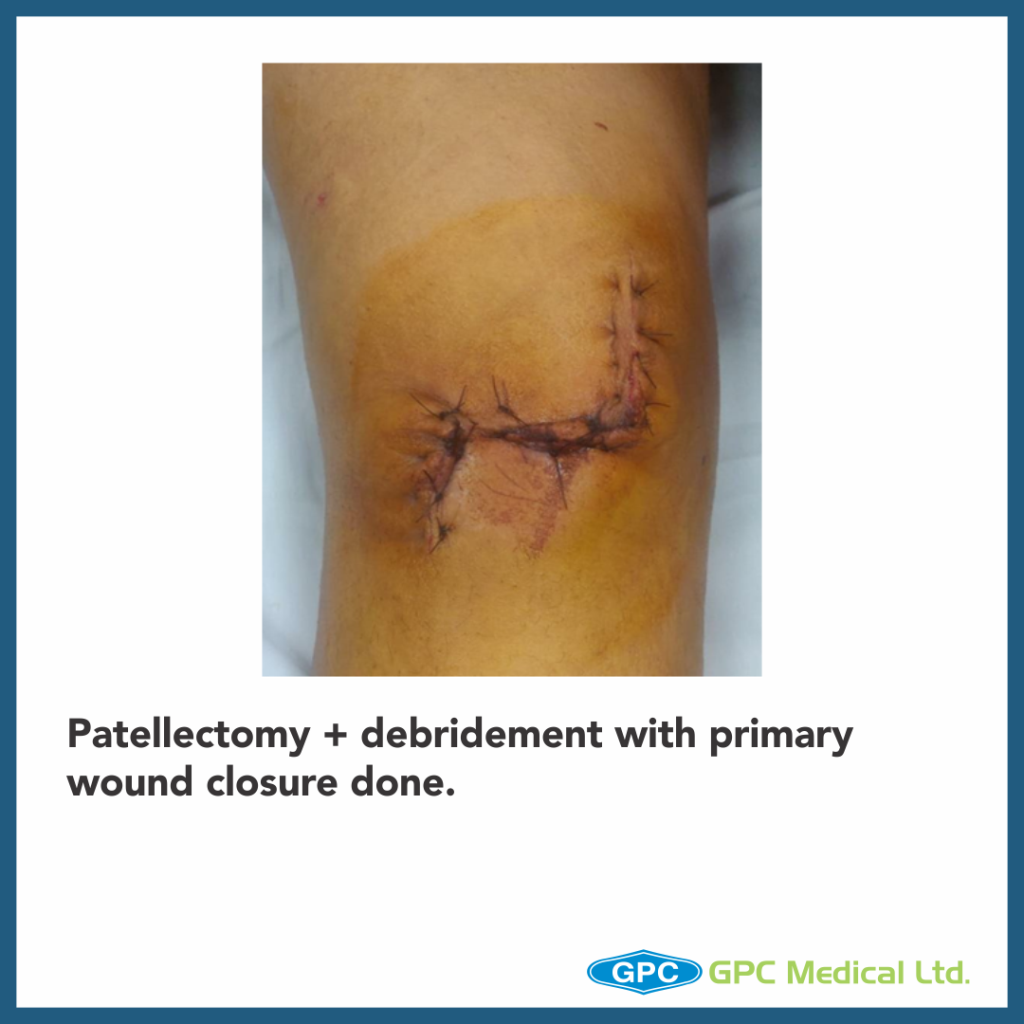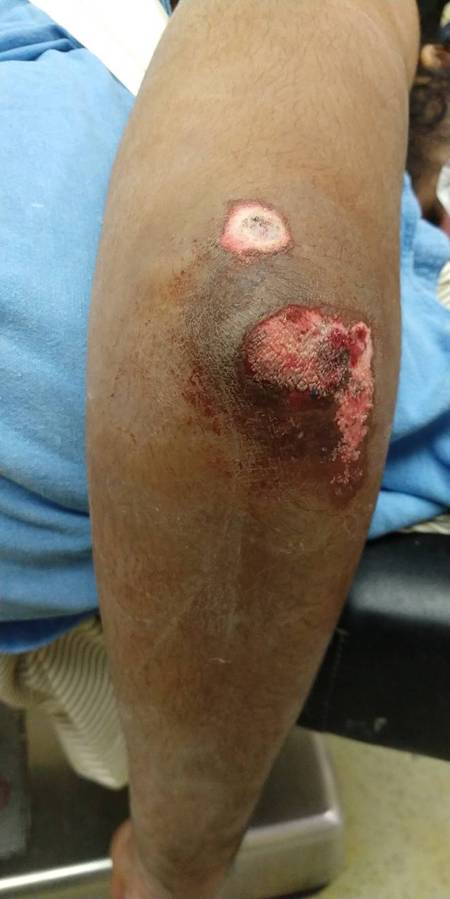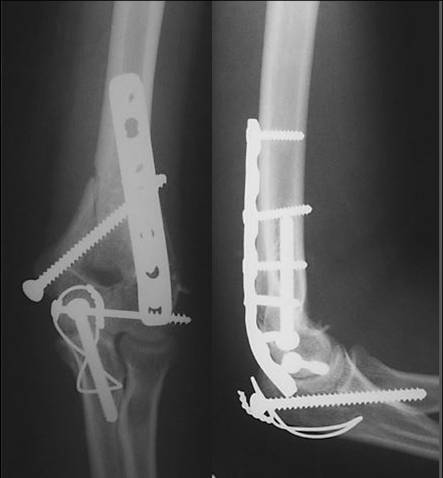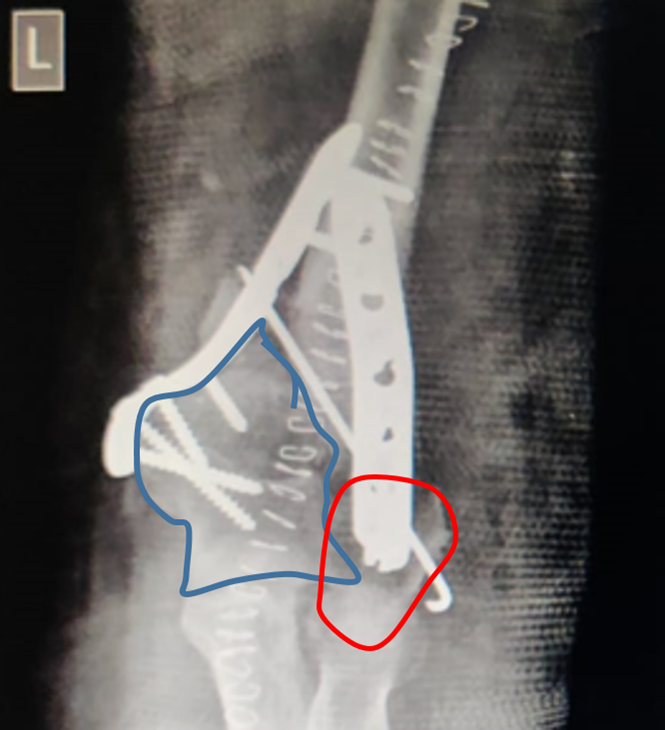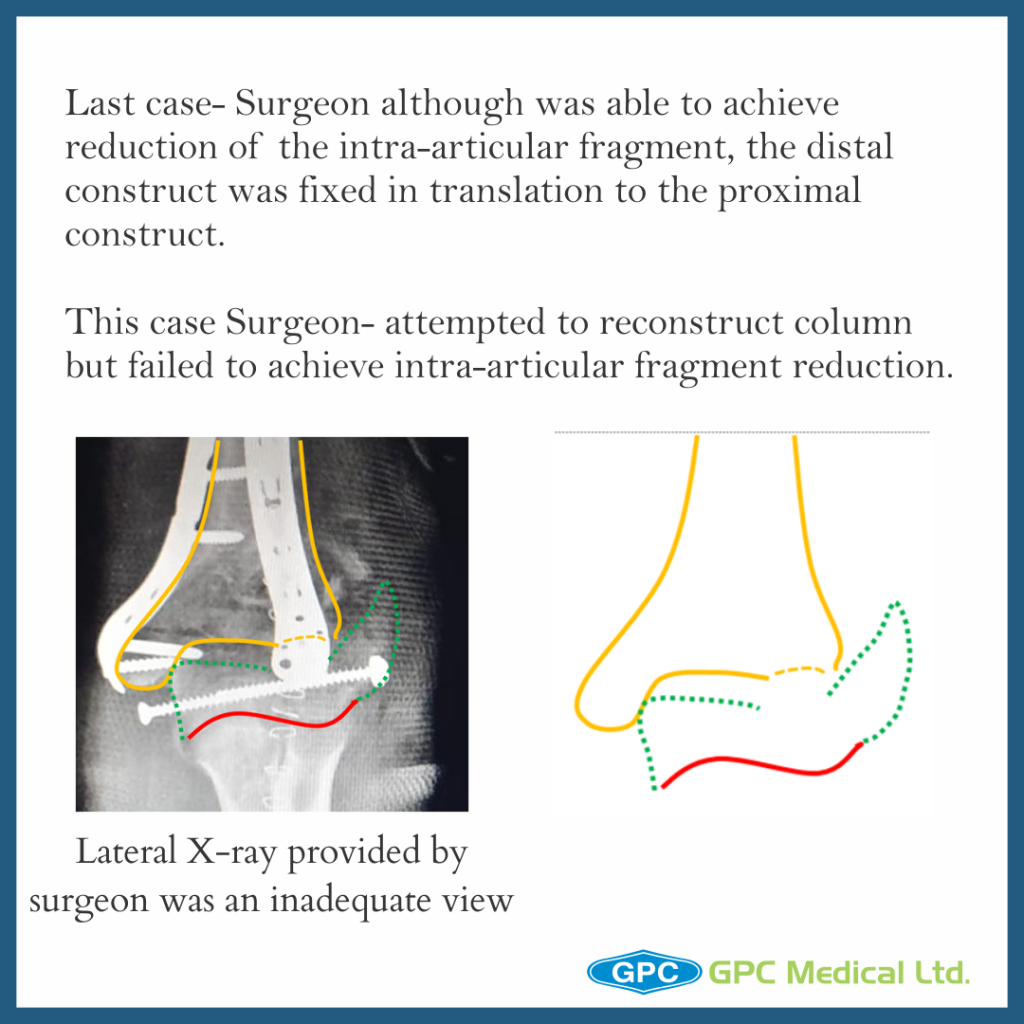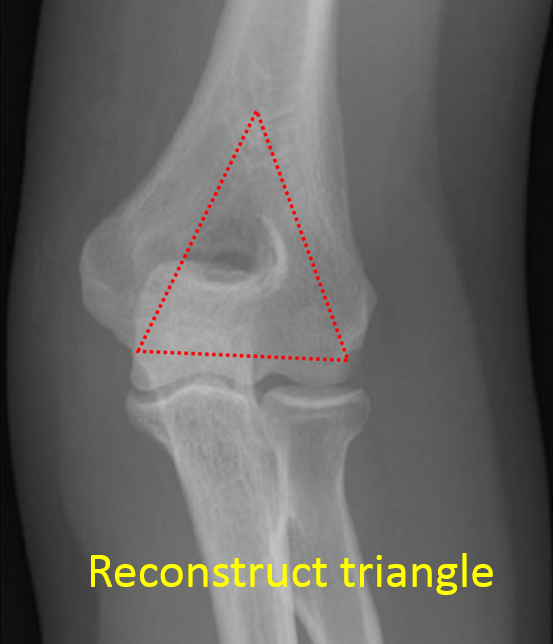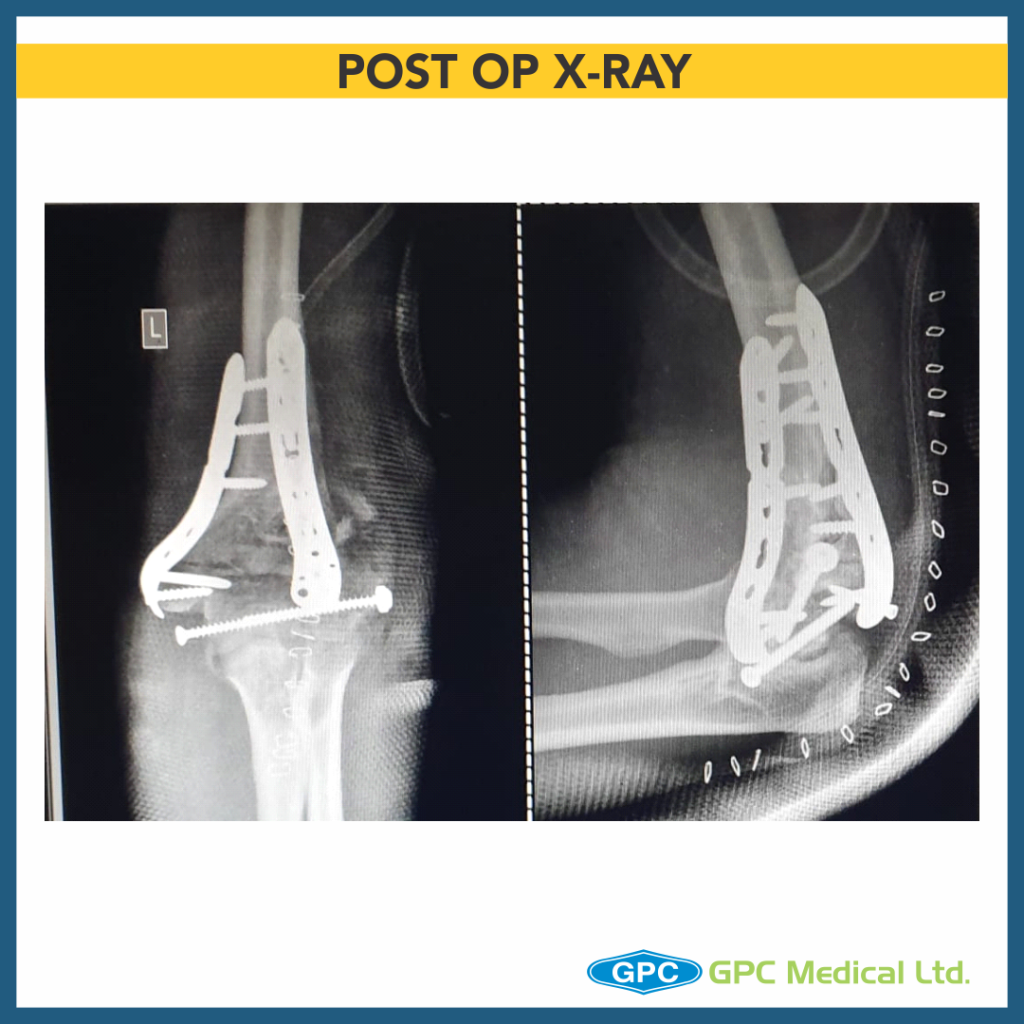According to a survey, the number of hip fractures is expected to surpass 6 million worldwide by the year 2050. Hip fractures are breaks in the upper portion of the femur that usually occurs in elderly patients whose bones have become weakened by osteoporosis. In case of younger patients, hip fractures occur due to a high-energy event, such as a fall from a ladder or vehicle collision. Most of these fractures occur in older patients who are injured in household or community falls.
Hip fractures tend to be very painful. This is why prompt surgical treatment is recommended. Treating the fracture and getting the patient out of bed as soon as possible helps prevent medical complications later on such as bed sores, blood clots and pneumonia. Disorientation can also occur in very old patients due to prolonged bed rest which makes rehabilitation and recovery much more difficult.
Orthopedic implants like nails play an important role in the fixation process. The choice of the implant material is very crucial as it influences rigidity, corrosion, bio-compatibility and tissue receptivity. The surface morphology of the implants also affects its stability within the skeleton or the surrounding cement mantle.
GPC Medical has been serving the medical world as a leading manufacturer of medical equipment and healthcare systems for more than 20 years. As one of the top manufacturers and suppliers of medical equipment and affordable healthcare solutions in India, GPC Medical strives continuously to innovate medical solutions that enriches the lives of people. We are an ISO 9001, ISO 13485 certified company that exports and supplies medical equipment and surgical instruments worldwide.
GPC Medical manufactures a wide range of nails for hip fractures that are made from the best raw materials with ergonomic design. Let’s take a look at the various types of hip nails:
intraHEAL Proximal Hip Stabilizing Nail (ILBS59)
Our IntraHEAL Proximal Hip Stabilizing Nail is the best-in-class nail in the market for intertrochanteric fractures of femur. Our IntraHEAL Proximal Hip Stabilizing Nail is US FDA approved and designed to provide superior bio-mechanical intramedullary stabilization. In stable fractures, it provides circumferential compression at the fracture site and transfers axial load to the bone.
Advanced Features:
- Our Nails are equipped with a self-tapping lag screw for easy insertion.
- Available in length ranging from 180-220mm, and proximal nail angle of 130°.
- It has a cannulated nail for guide wire controlled insertion.
- It also has a set screw that inhibits rotation of the proximal lag screw & simultaneously allows sliding of the lag screw.
- It has a single distal locking option to prevent rotation in complex fracture.
- Universal nail for the right & left hip.
- Available in stainless steel and titanium.
intraHEAL Proximal Femoral Nail, Advanced (PFA09-12)
Our second nail in the series, IntraHEAL Proximal Femoral Nail is an advanced nail implant ideal for the treatment of Pertrochanteric fractures, Intertrochanteric fractures & high subtrochanteric fractures. An ideal implant for the treatment of unstable fractures, the nail is ergonomically designed so that it can be easily inserted and is especially useful for elderly persons with osteoporosis. and is further equipped with a cannulated blade to provide enhanced angular and rotation stability.
Advanced Features:
- Anatomically designed for optimal fit in the femur.
- The nail comes with a signature design cannulated blade that provides increased stability and helps compression of the cancellous bone while also providing angular and rotational stability.
- The nail also allows early weight bearing and mobilization.
- Both nail and blade are also cannulated.
- Available in titanium only.
intraHEAL Proximal Hip Stabilizing Nail 3 (PHN3)
Our 3rd nail for hip fractures, intraHEAL Proximal Hip Stabilizing Nail 3 (PHN3) is an advanced version of Proximal hip stabilizing nail that is specifically designed for Asian population. The nail is used in intertrochanteric fractures, high subtrochanteric fractures and per subtrochanteric fractures. The nail has been ergonomically designed for minimally invasive surgery and conforms to international quality standards.
Advanced Features:
- The proximal diameter is 15.5 mm, to minimize the incision length required for minimally invasive surgery.
- Available in three neck angles- 120, 125, 130 degrees to accommodate various anatomies.
- Cannulated nail for guide wired controlled insertion.
- The thread design of the lag screw enables superior cut out strength from the cancellous bone.
- Short nail has one distal locking screw & the long nail has two.
Contact us to know more about our nails. We at GPC Medical are always welcome to any queries regarding our products.


